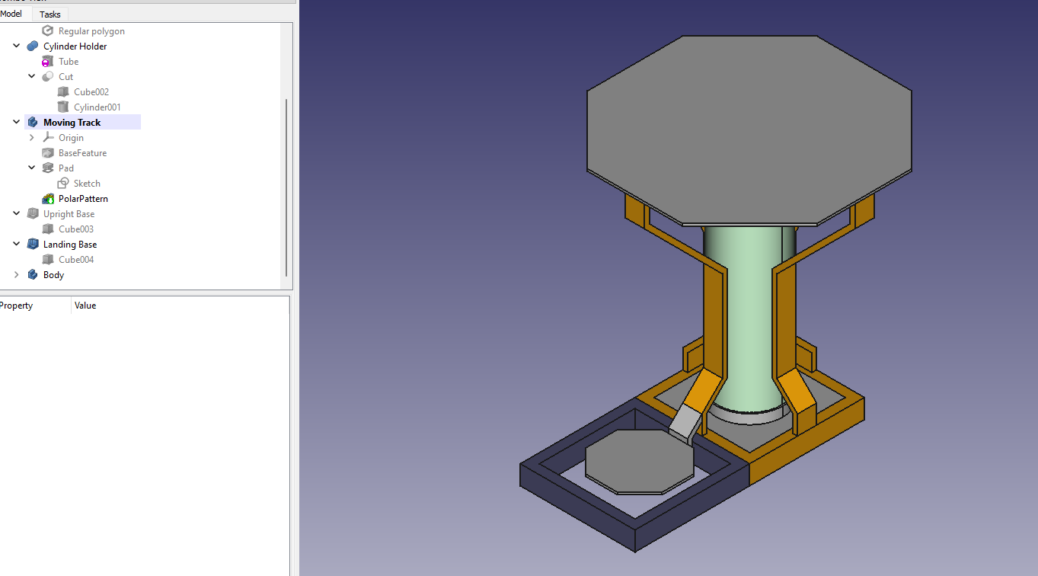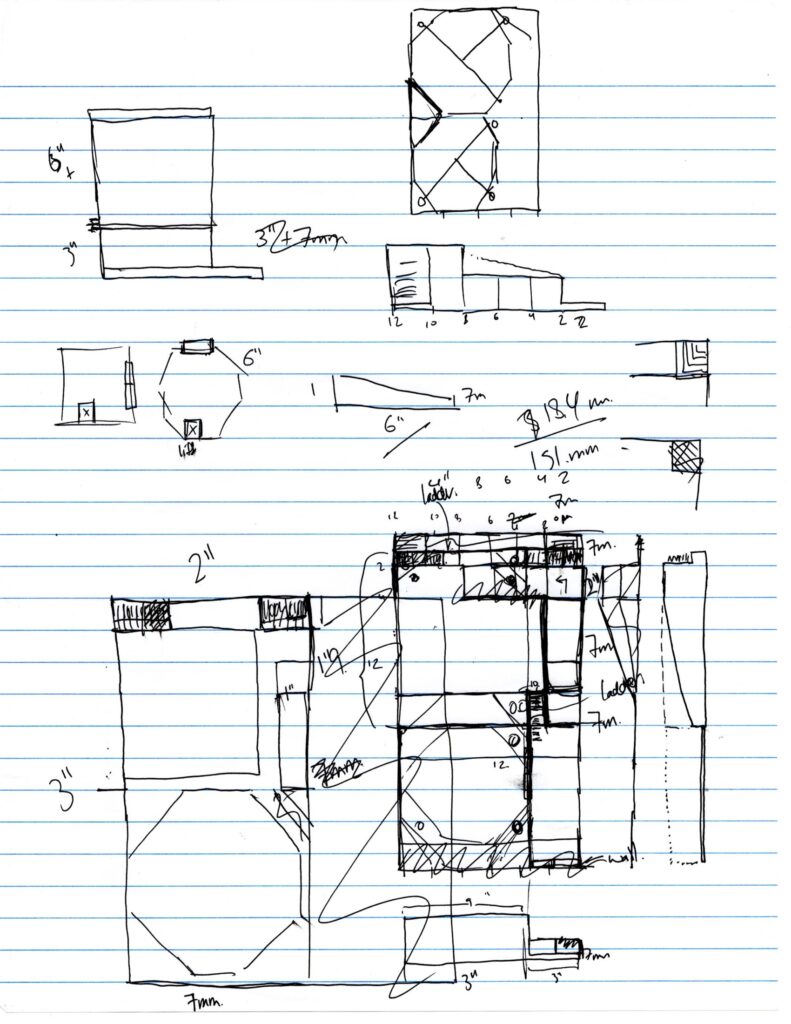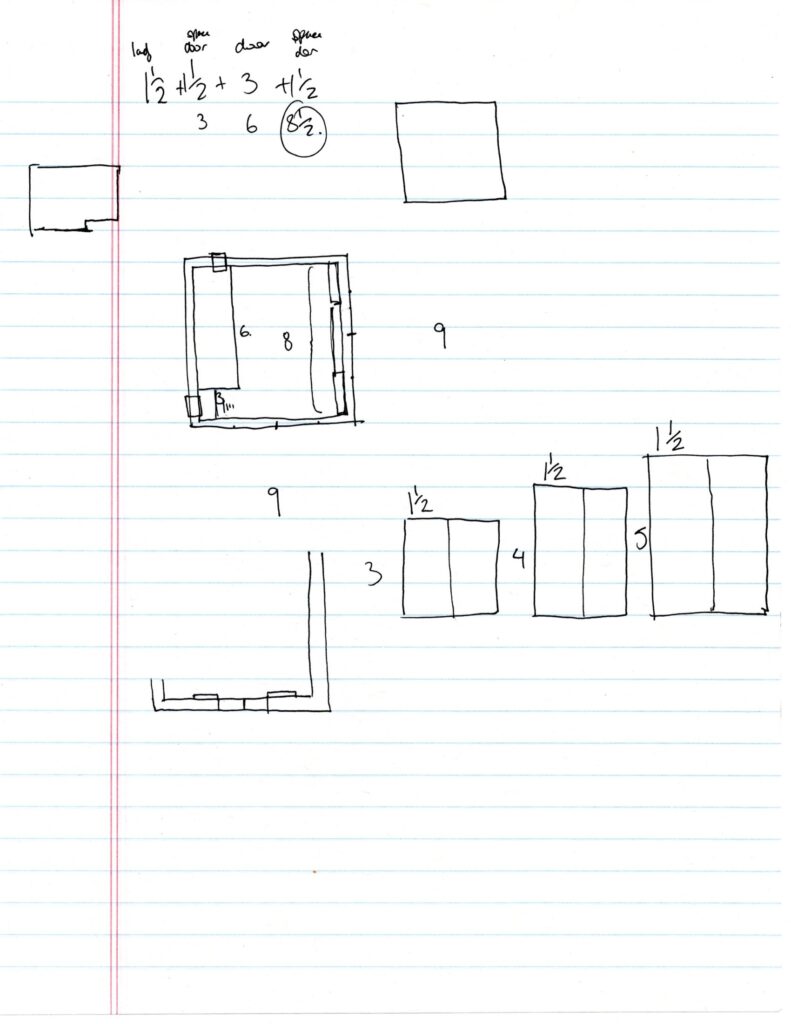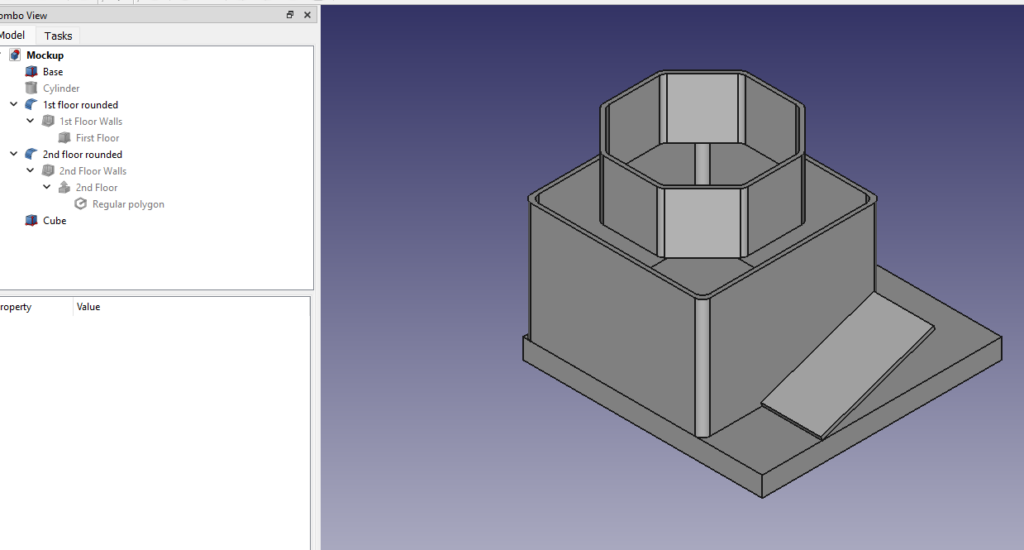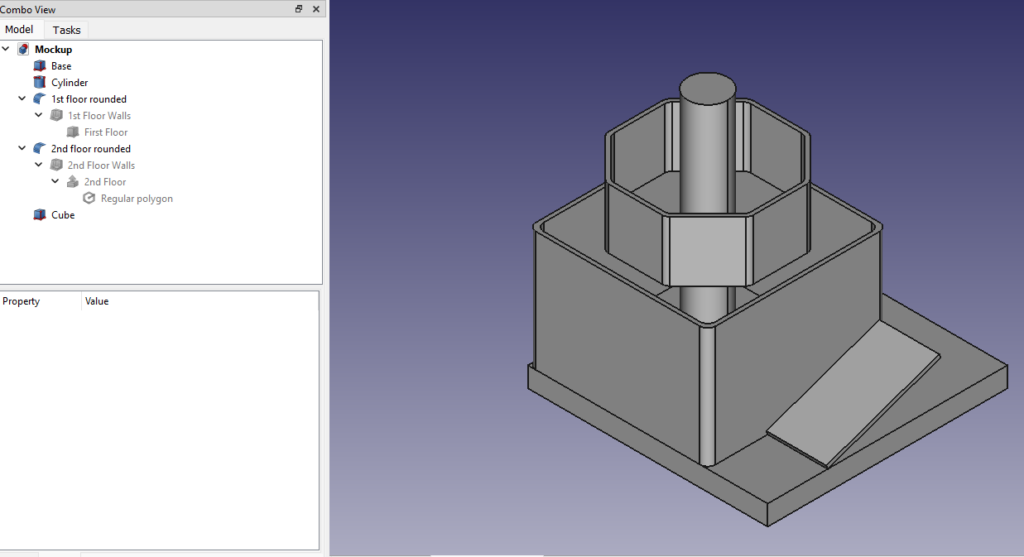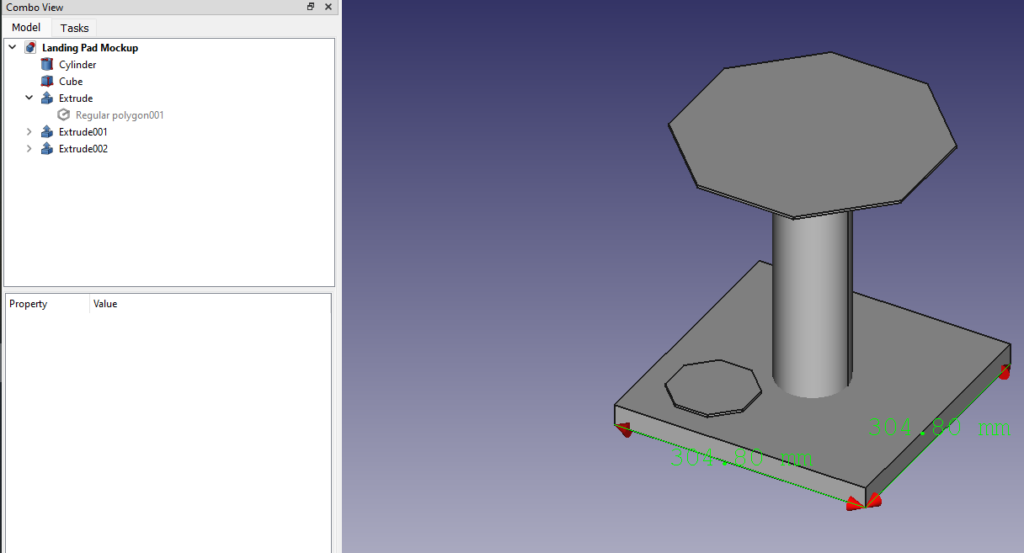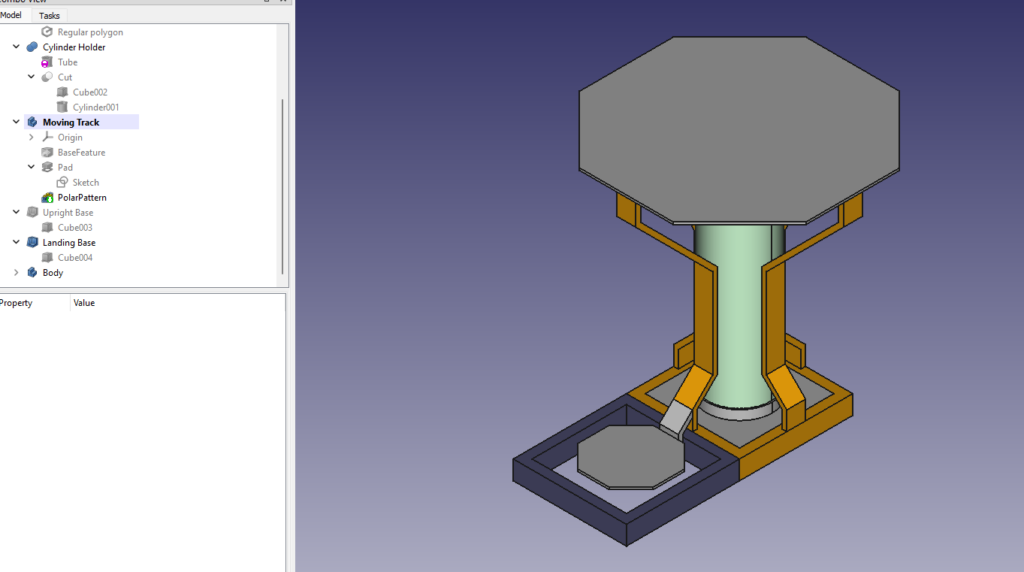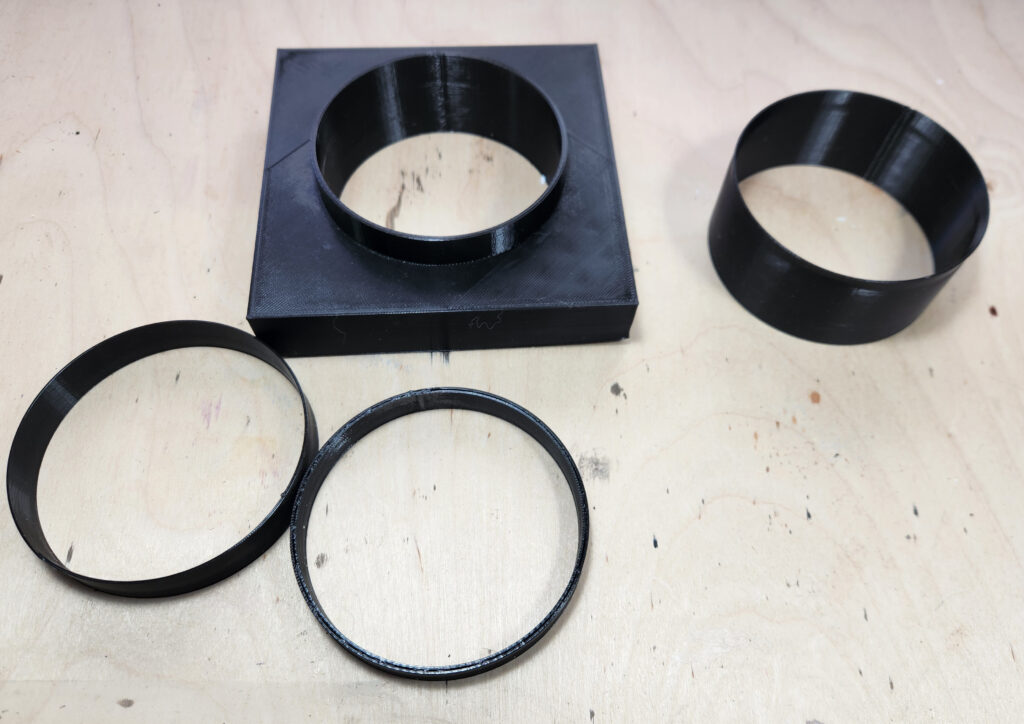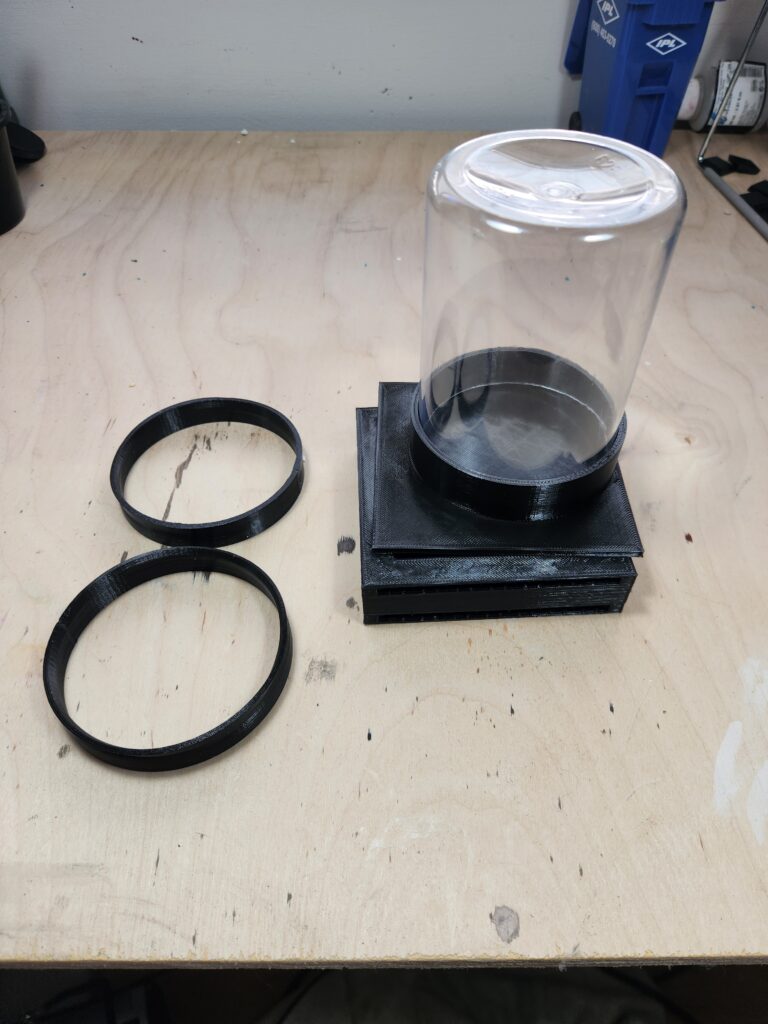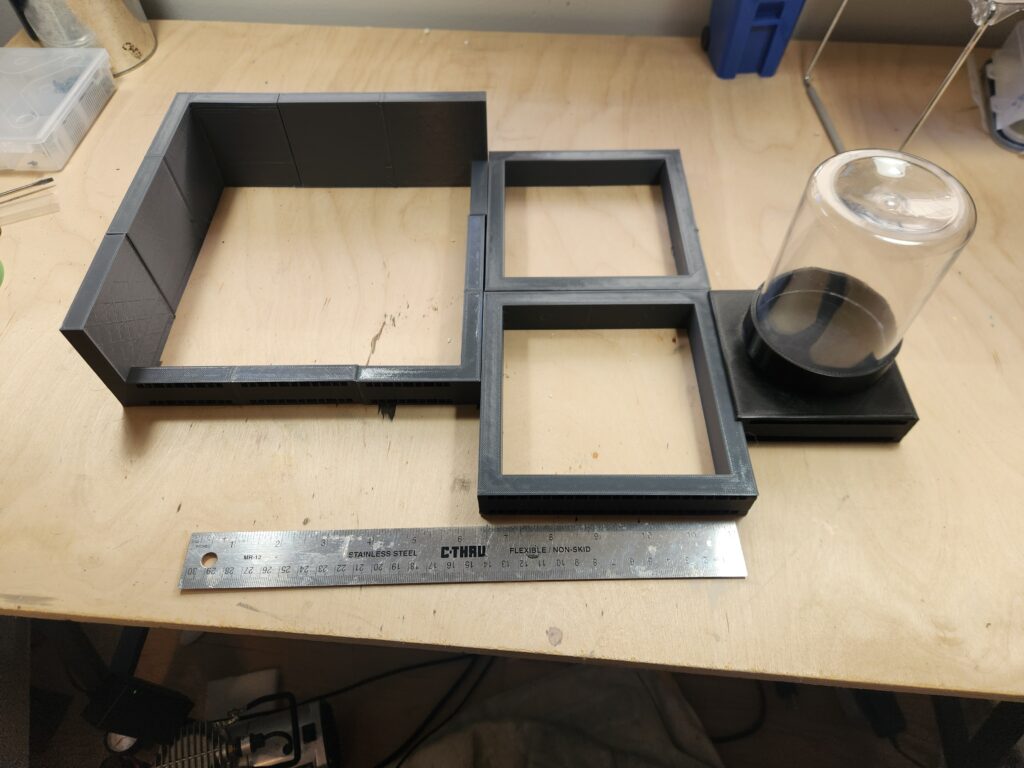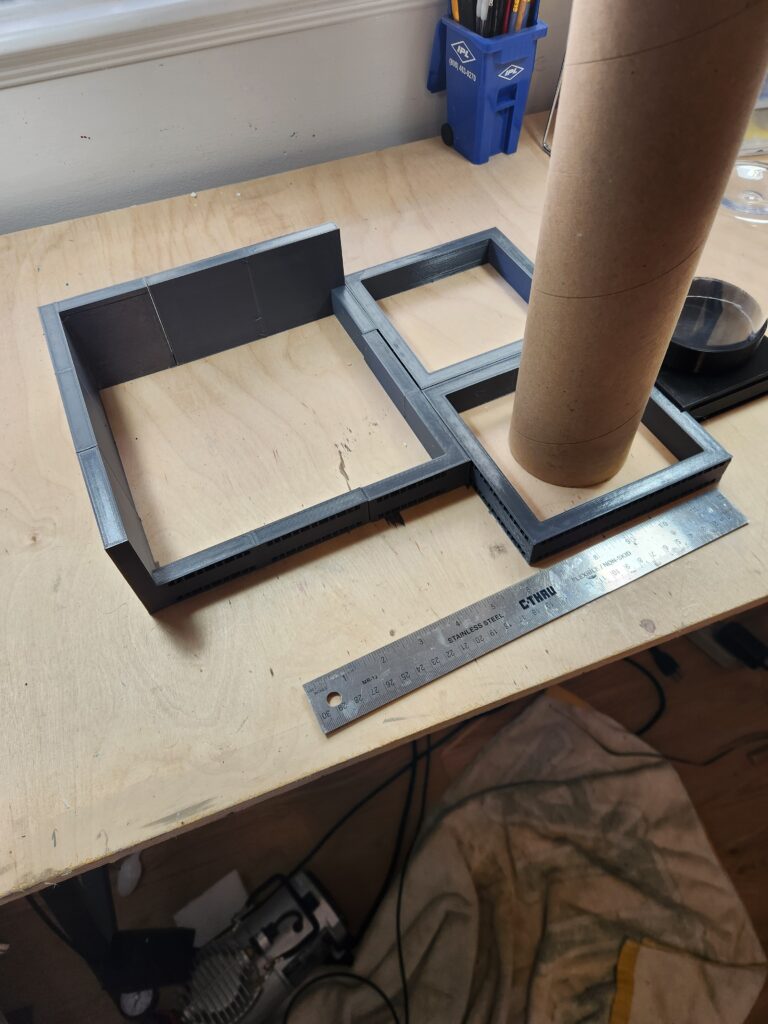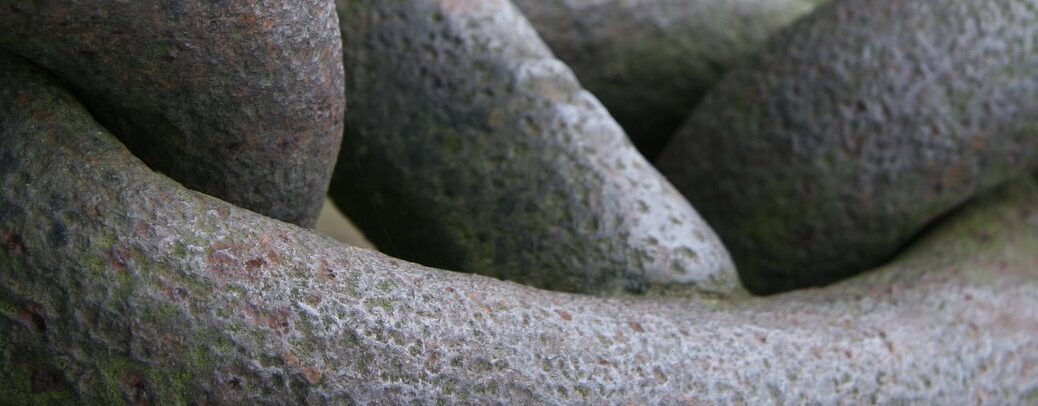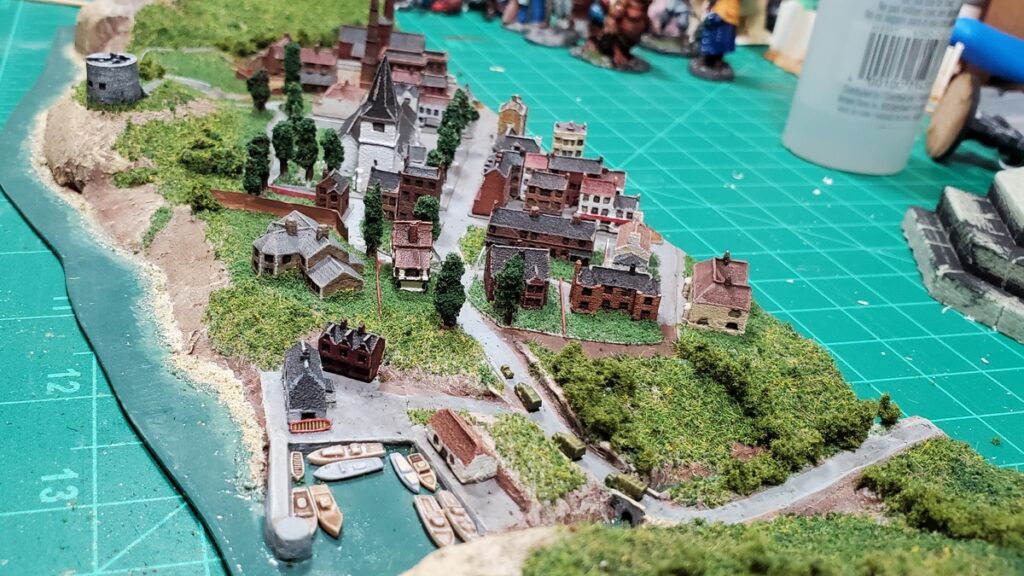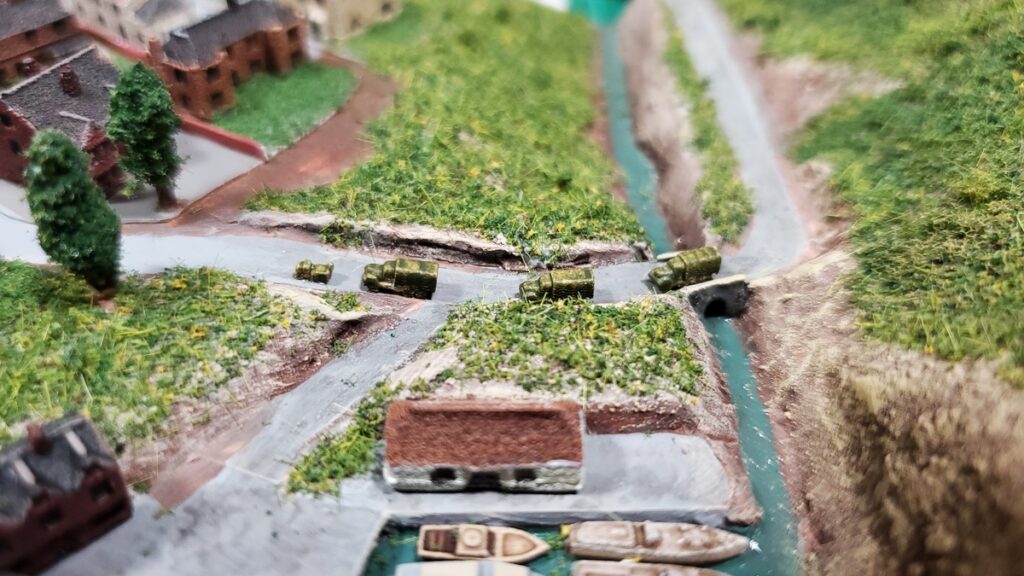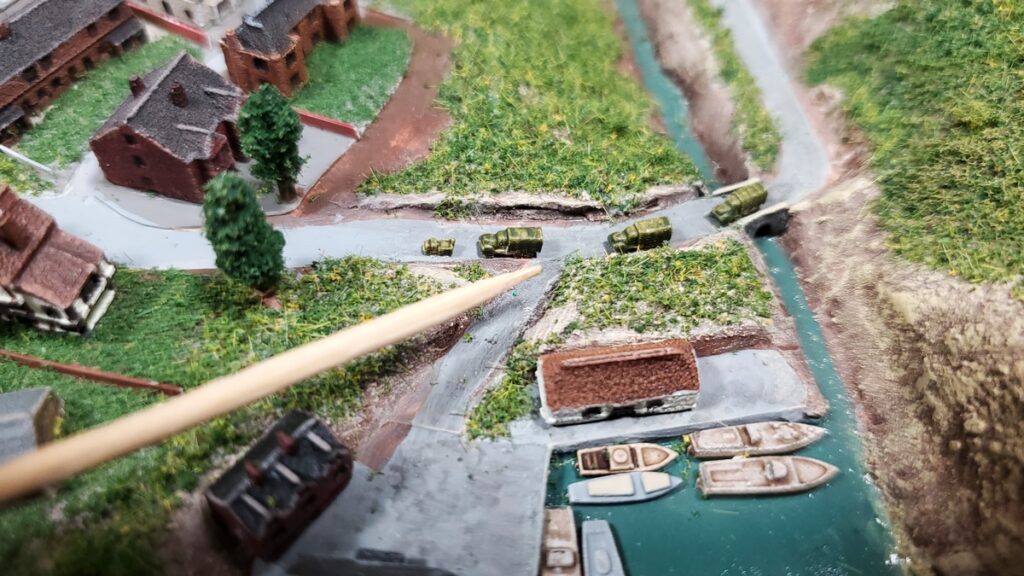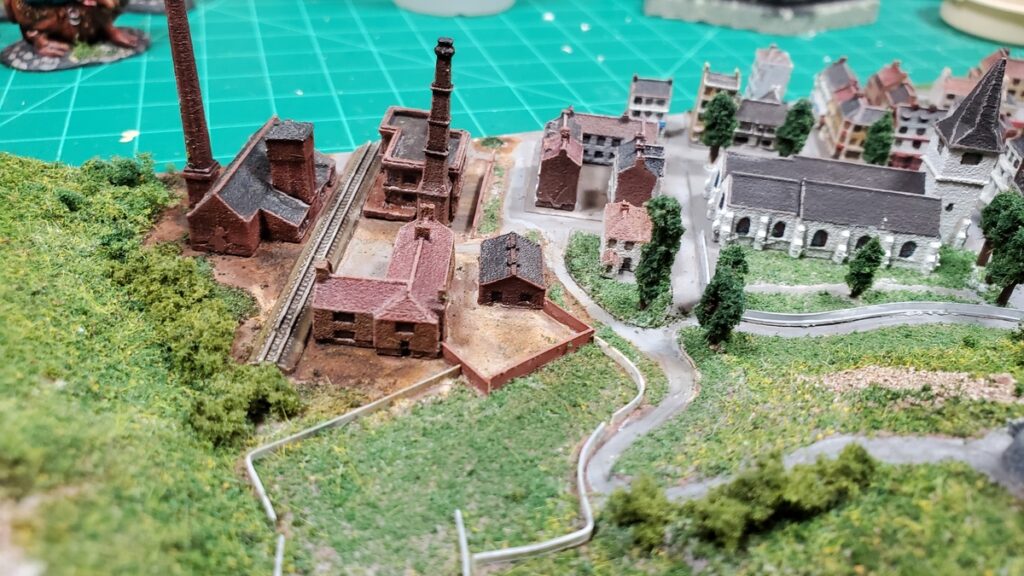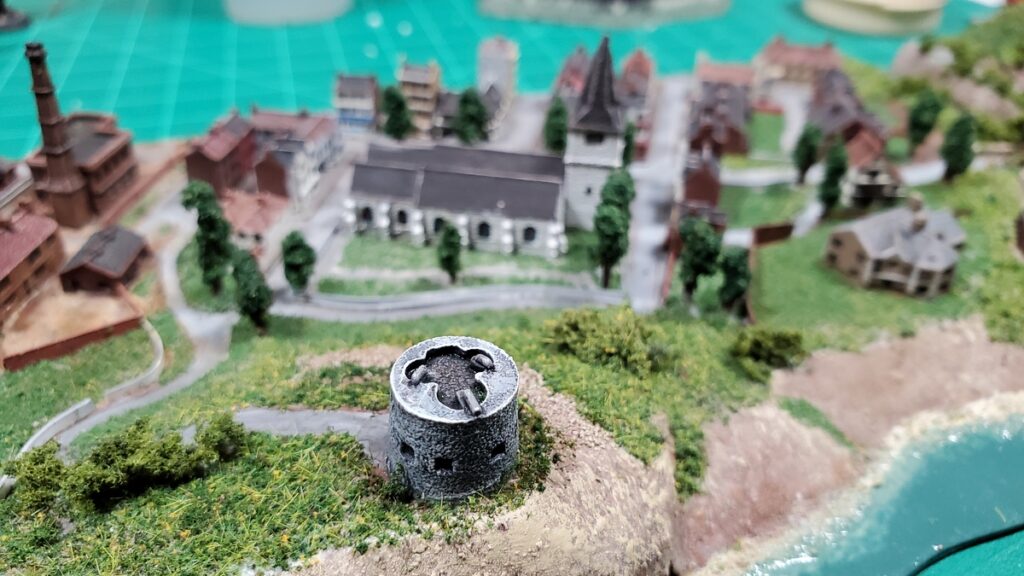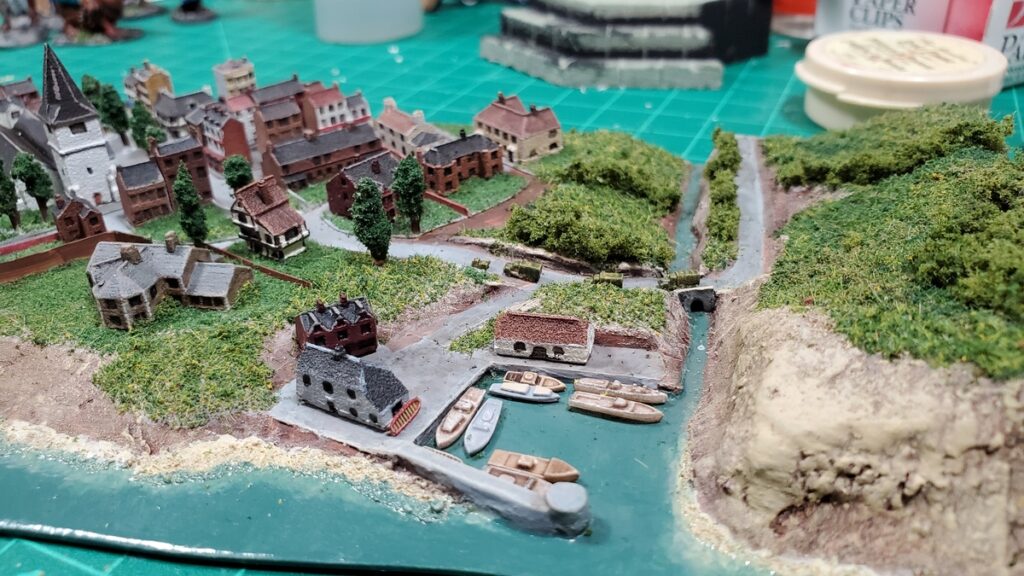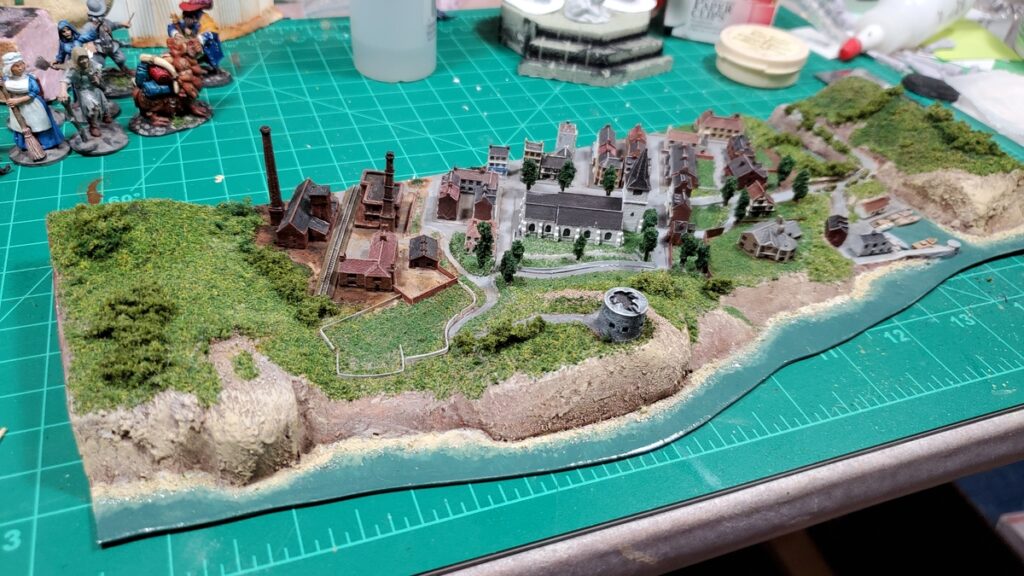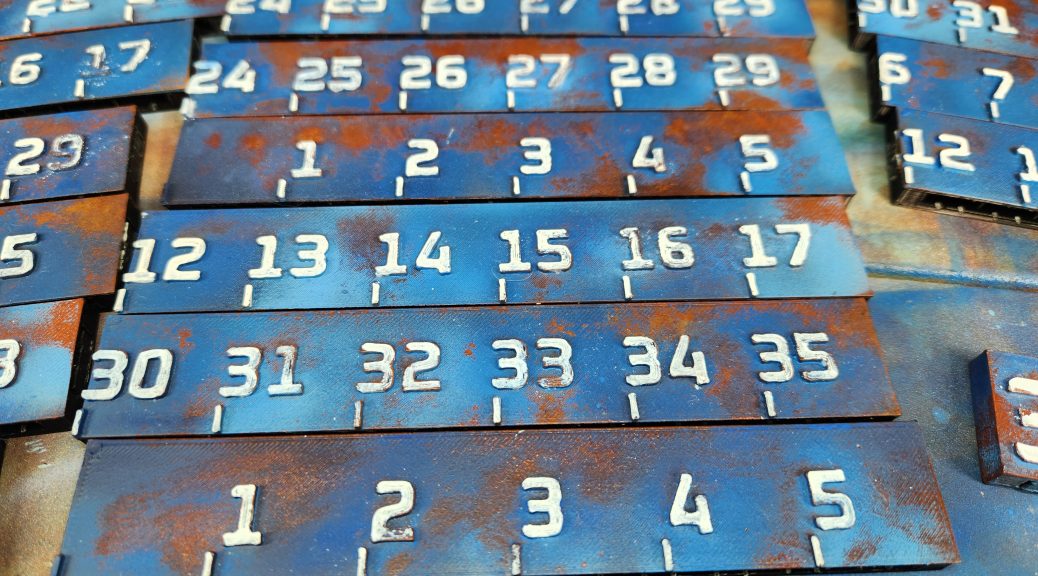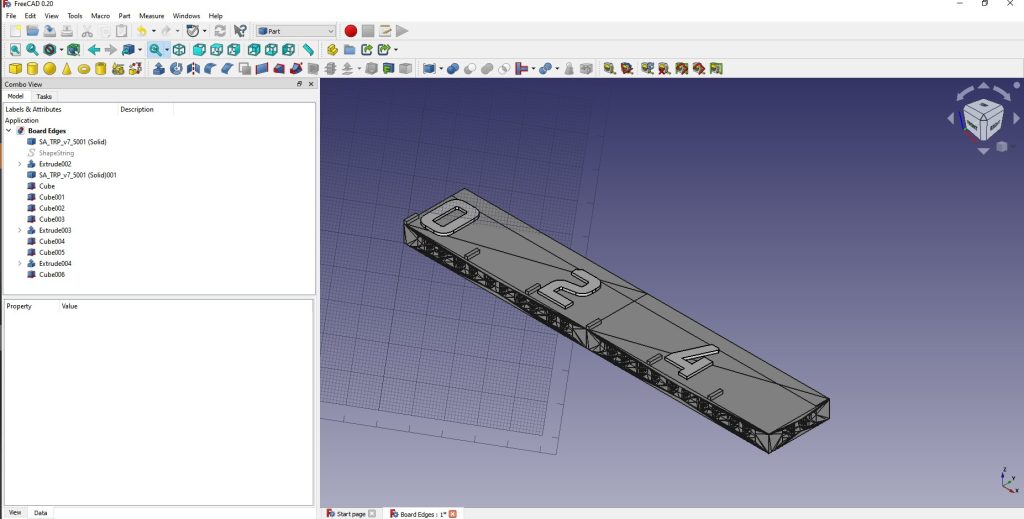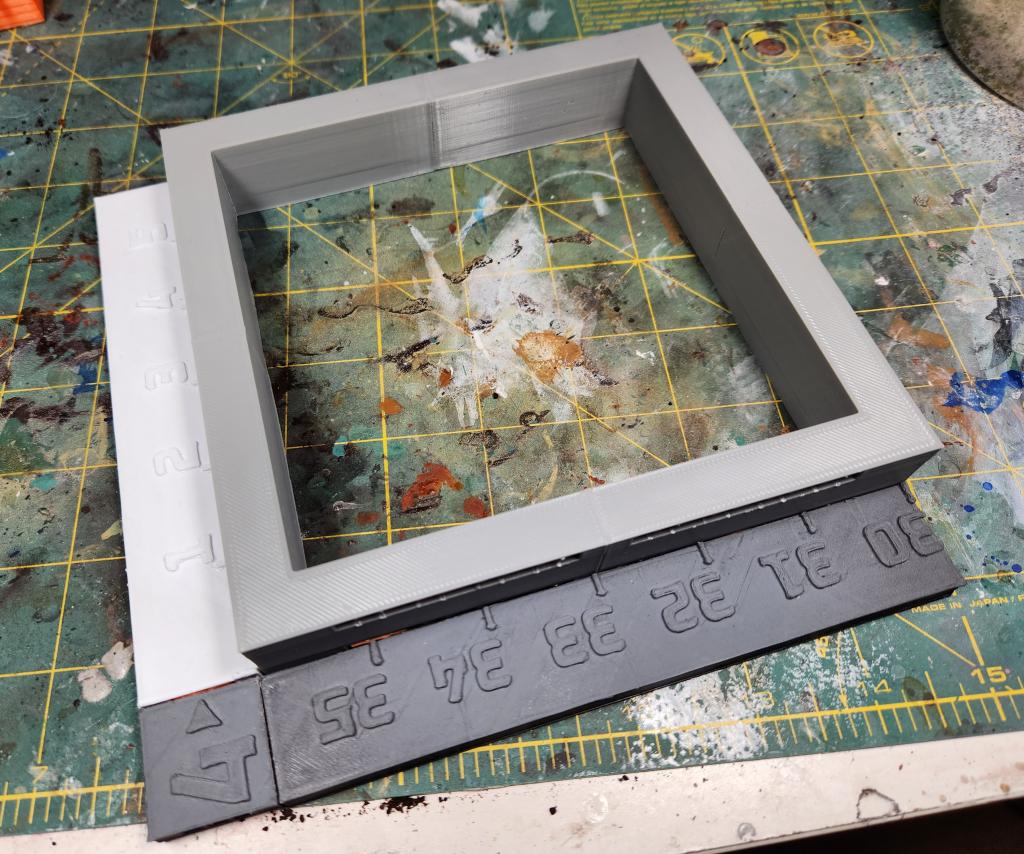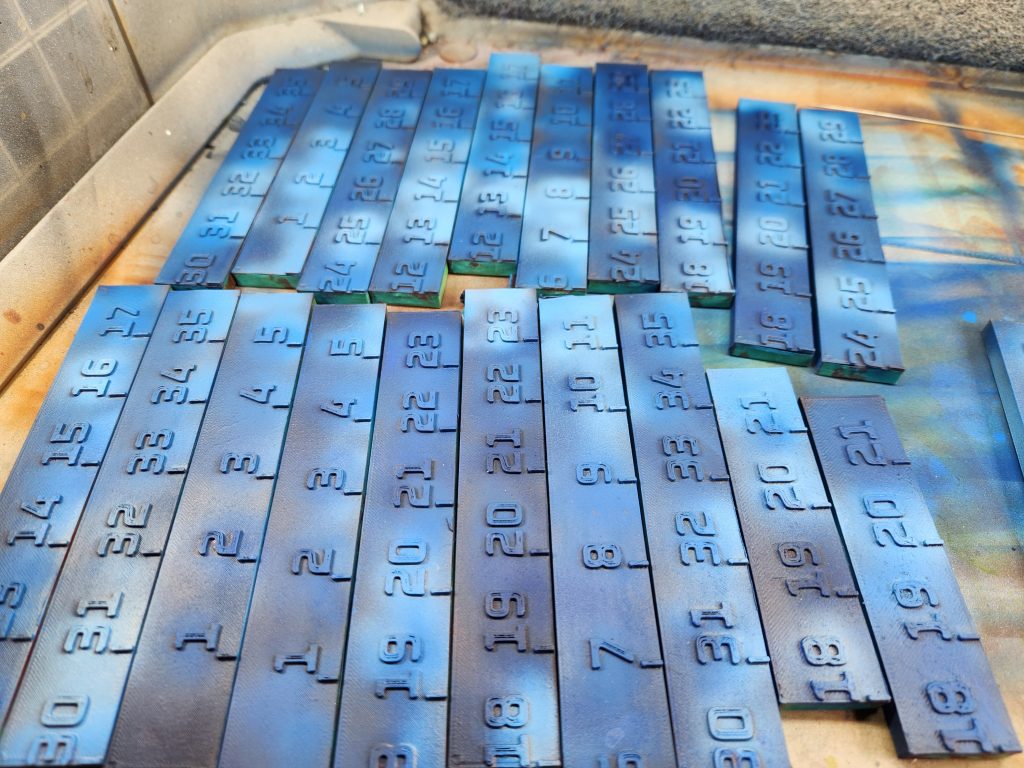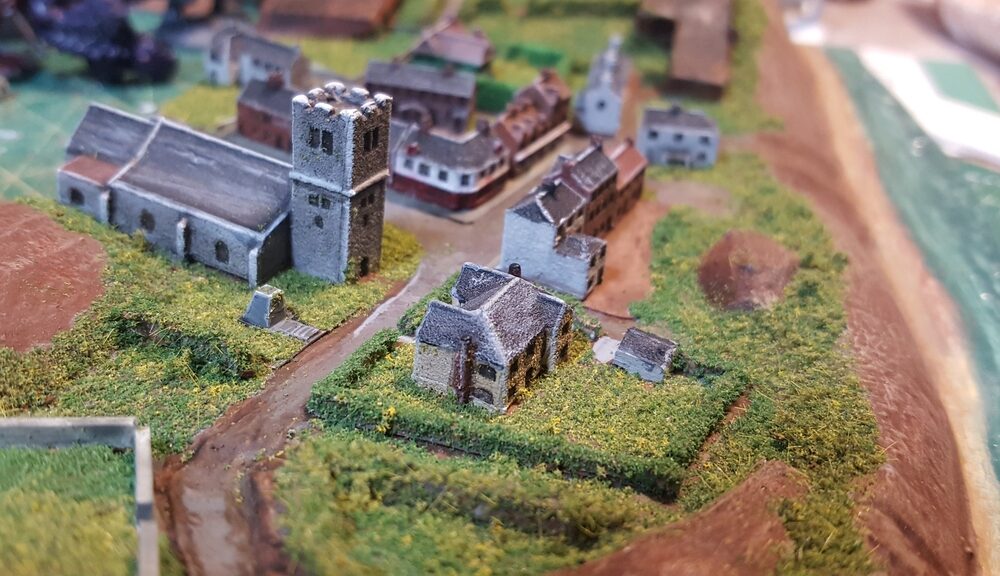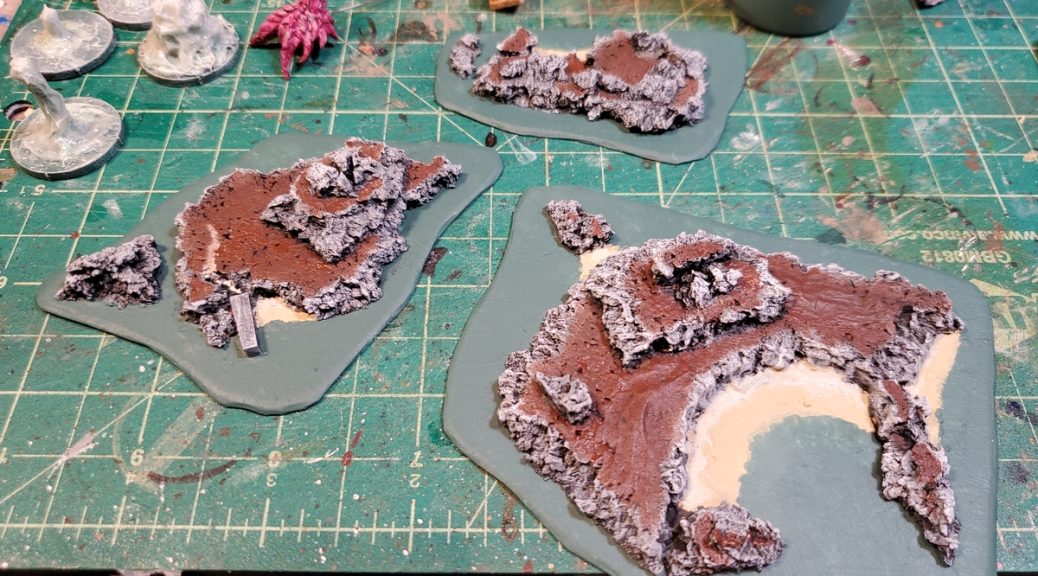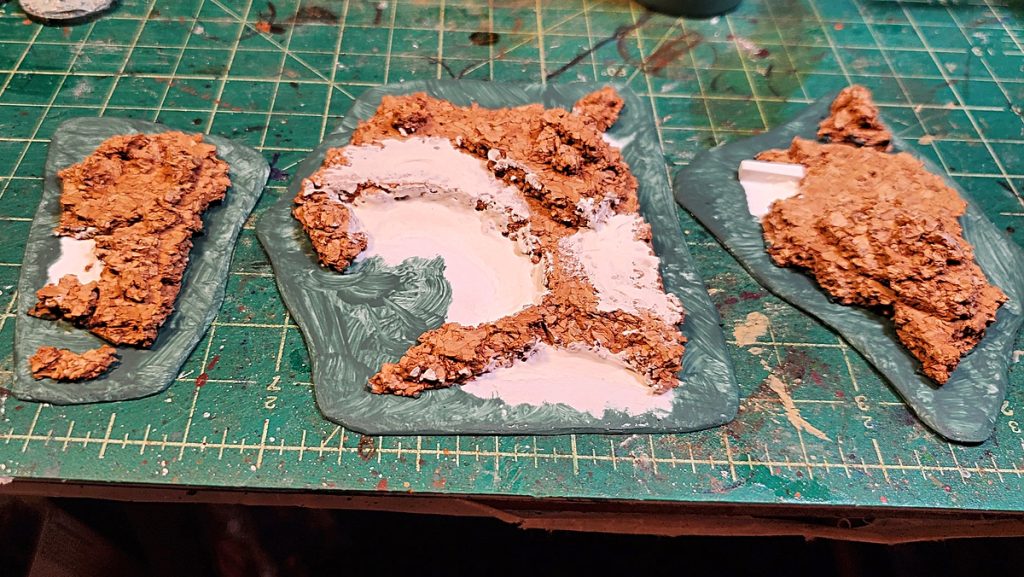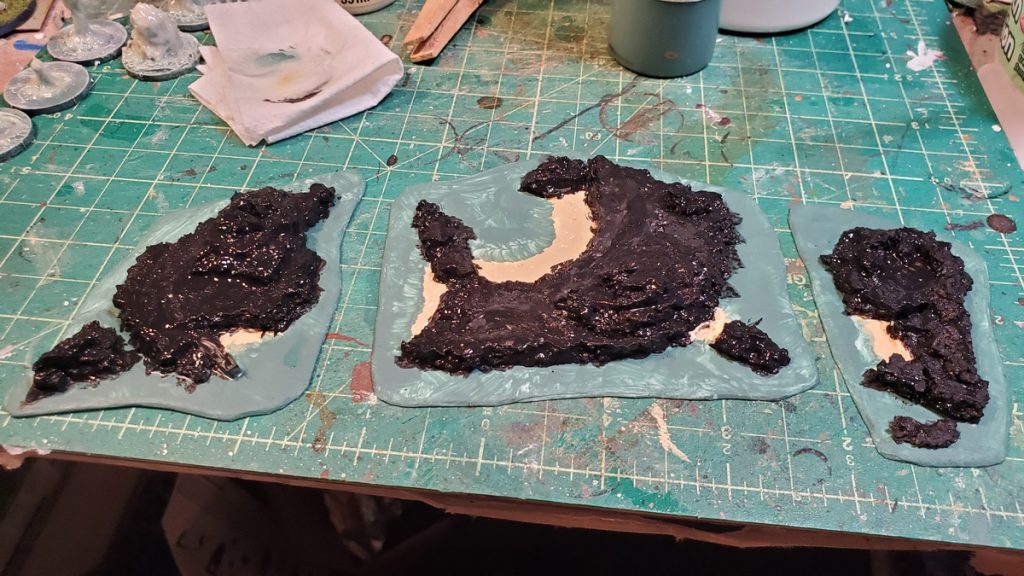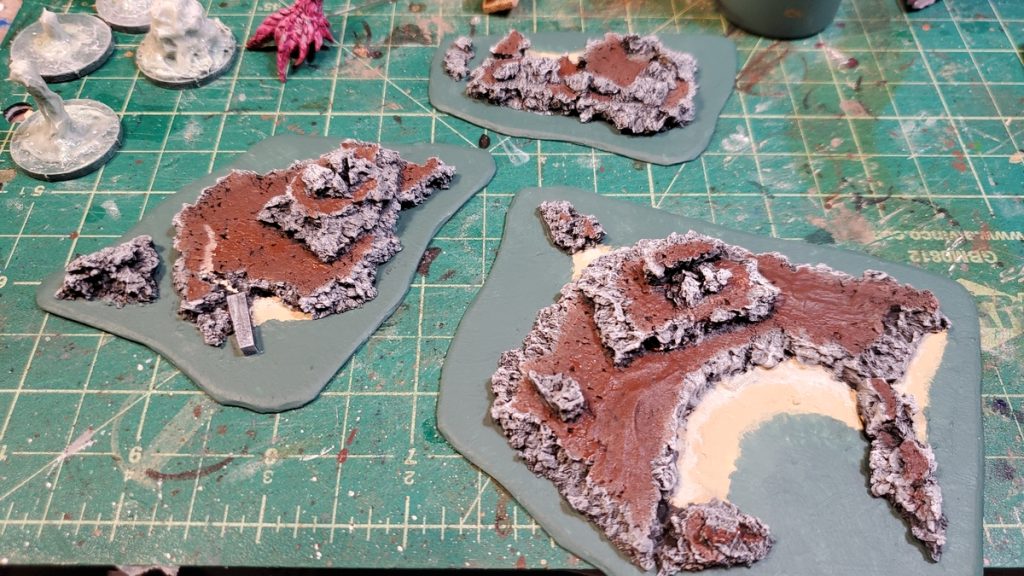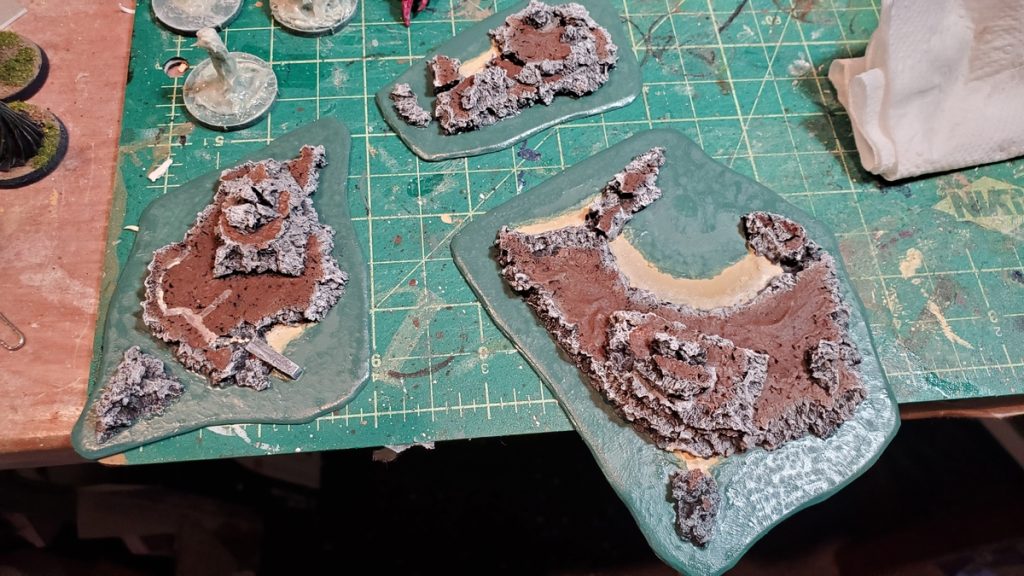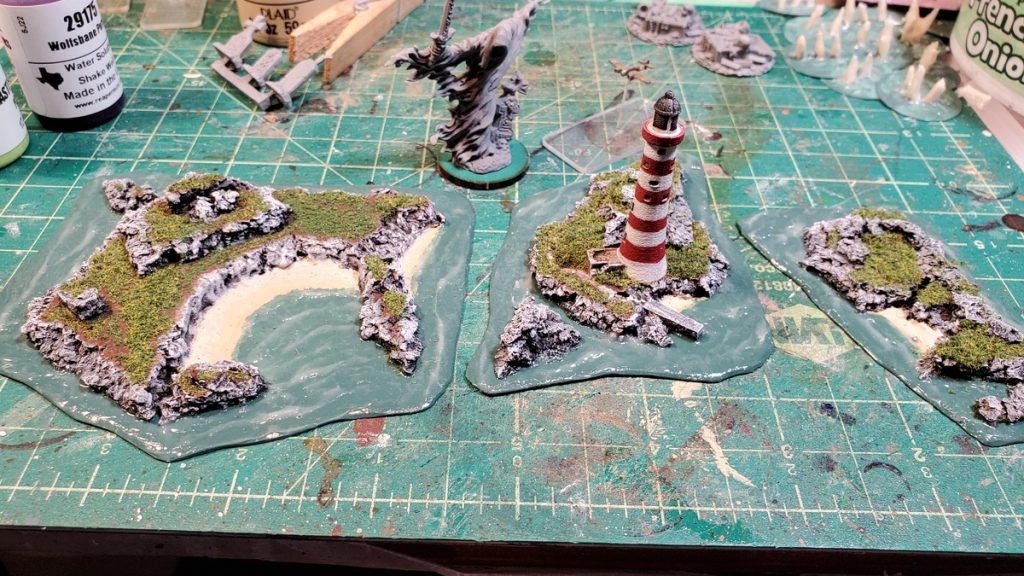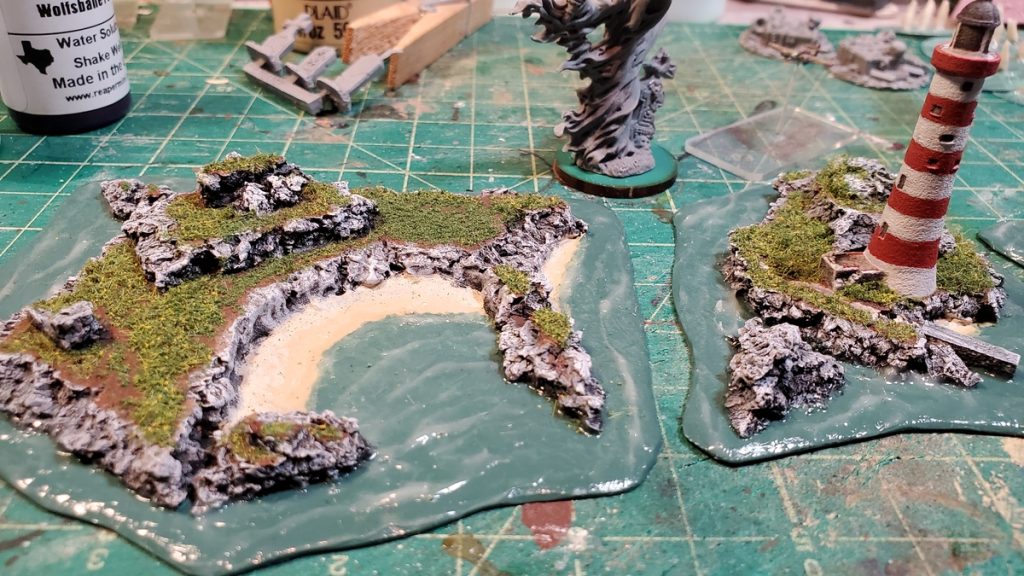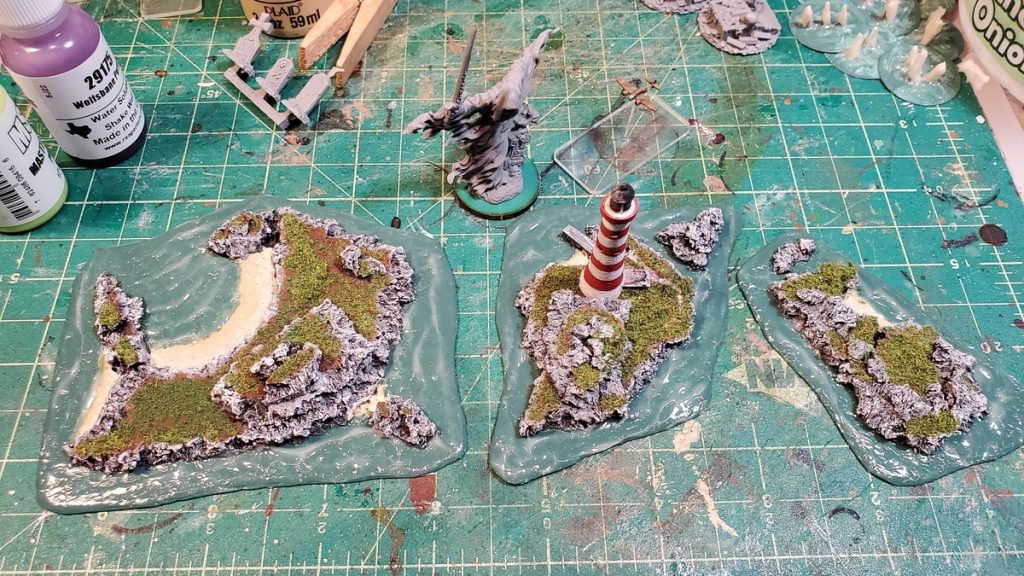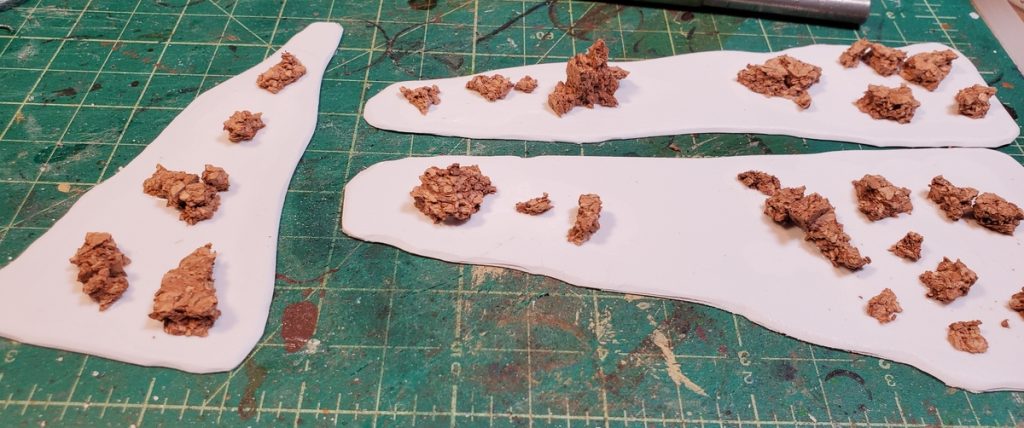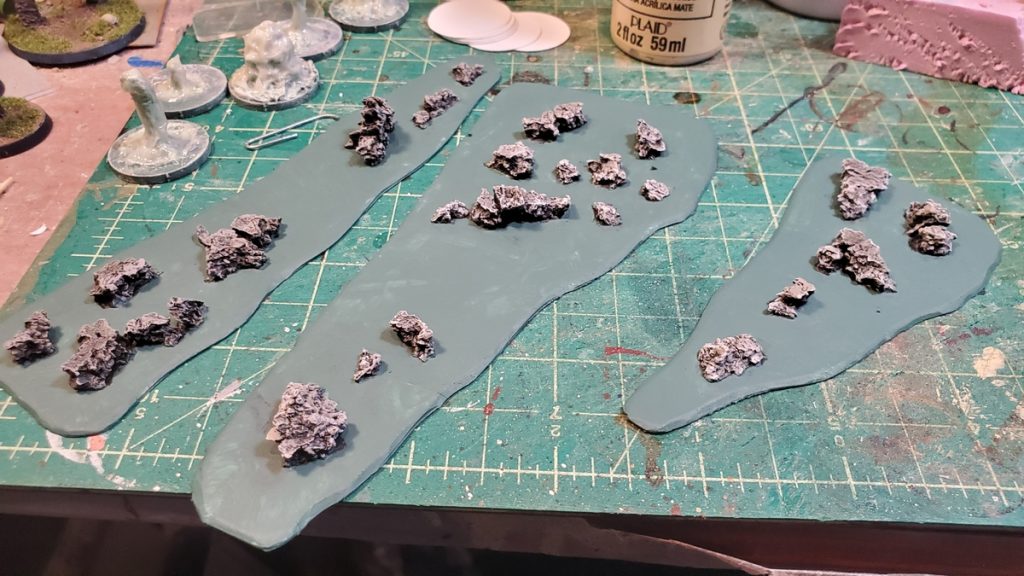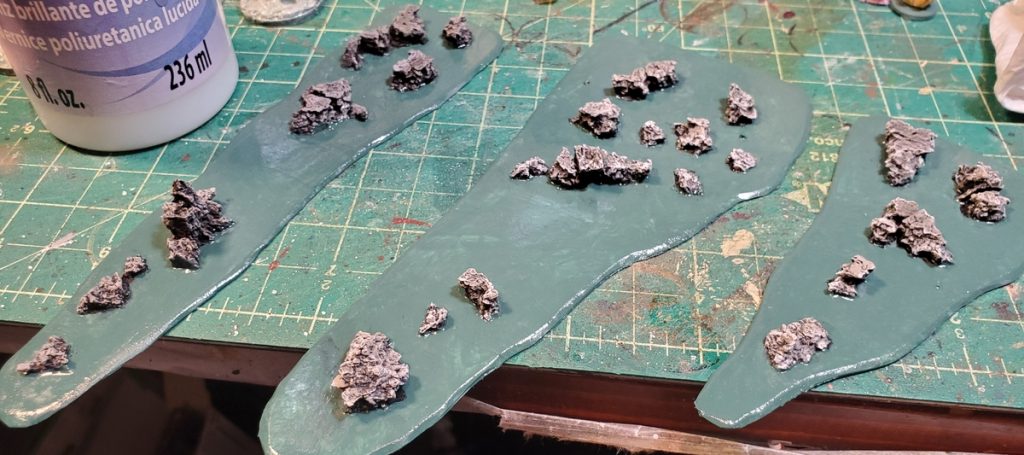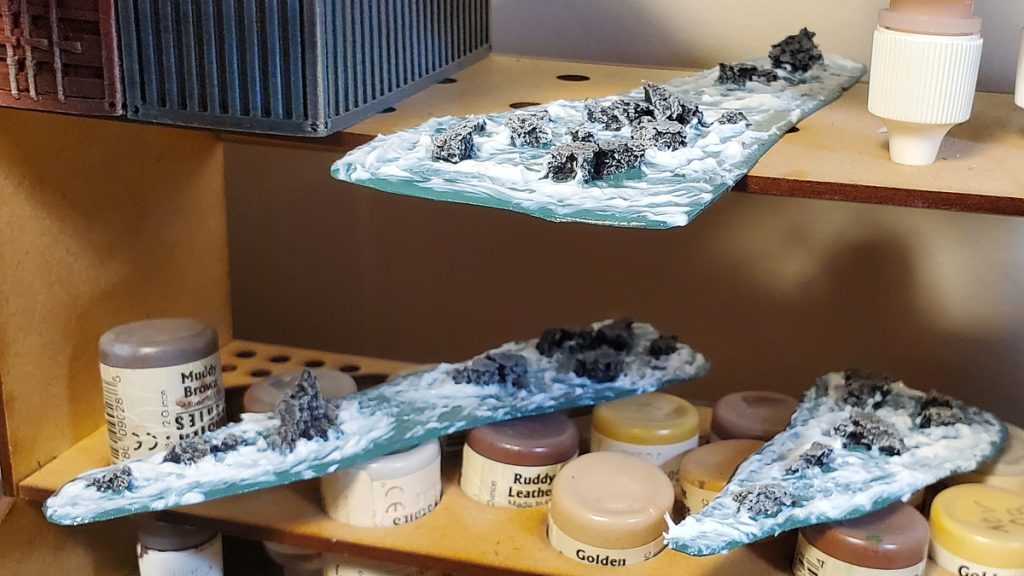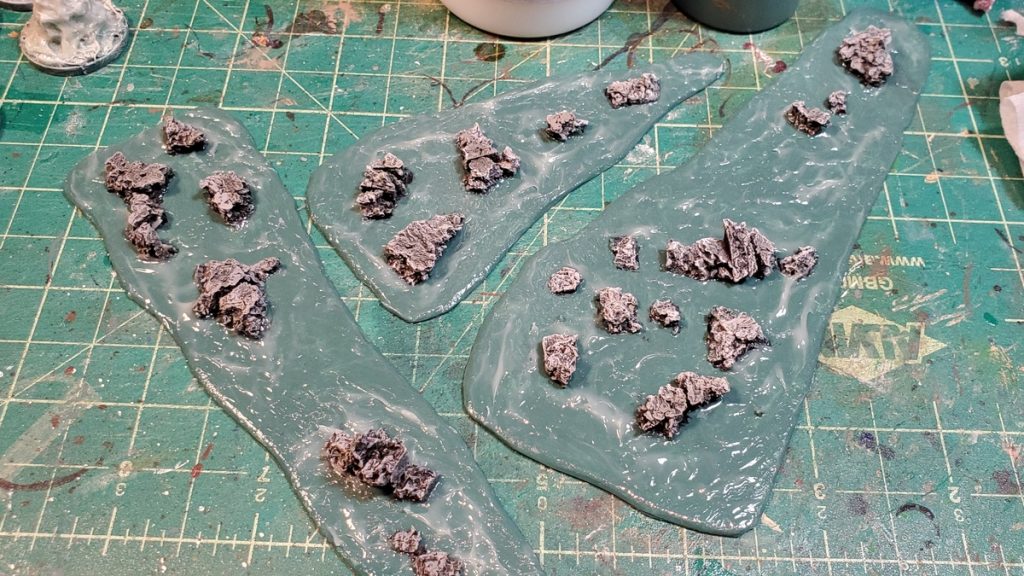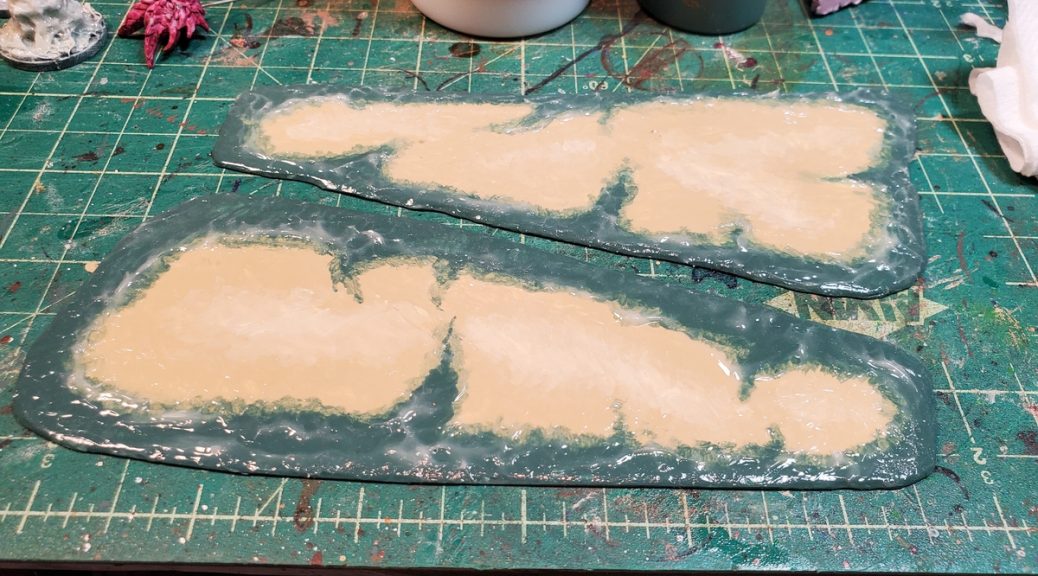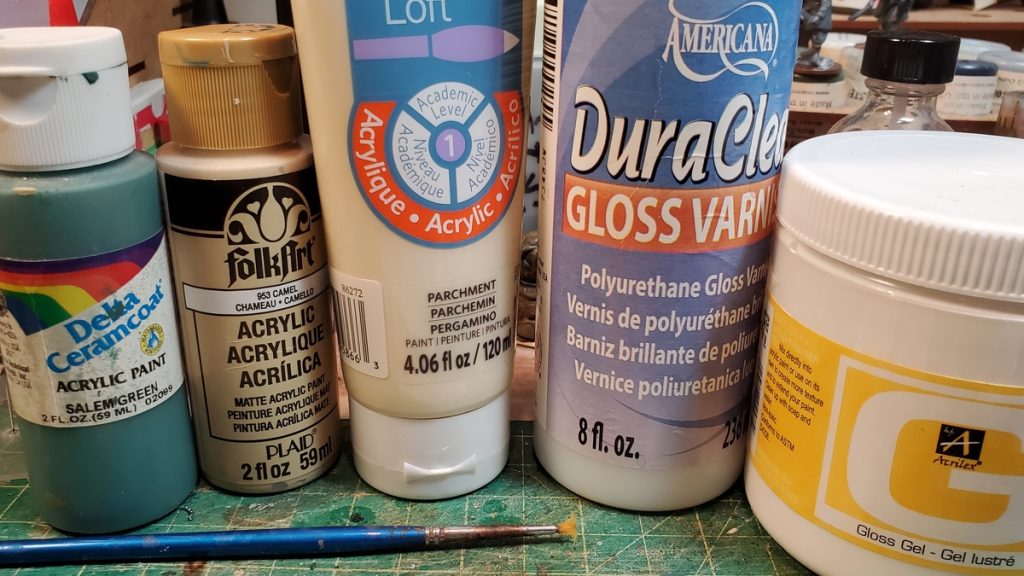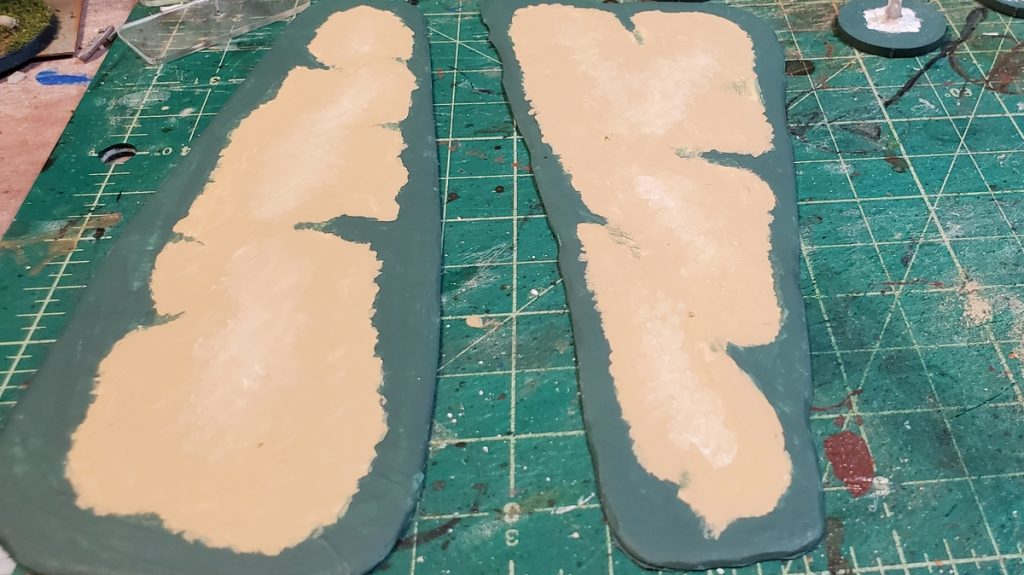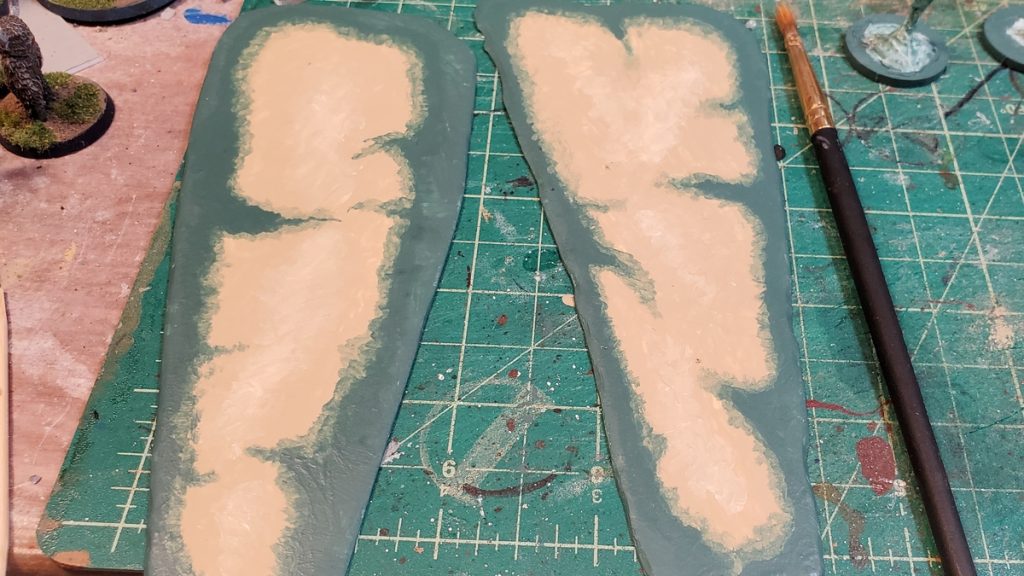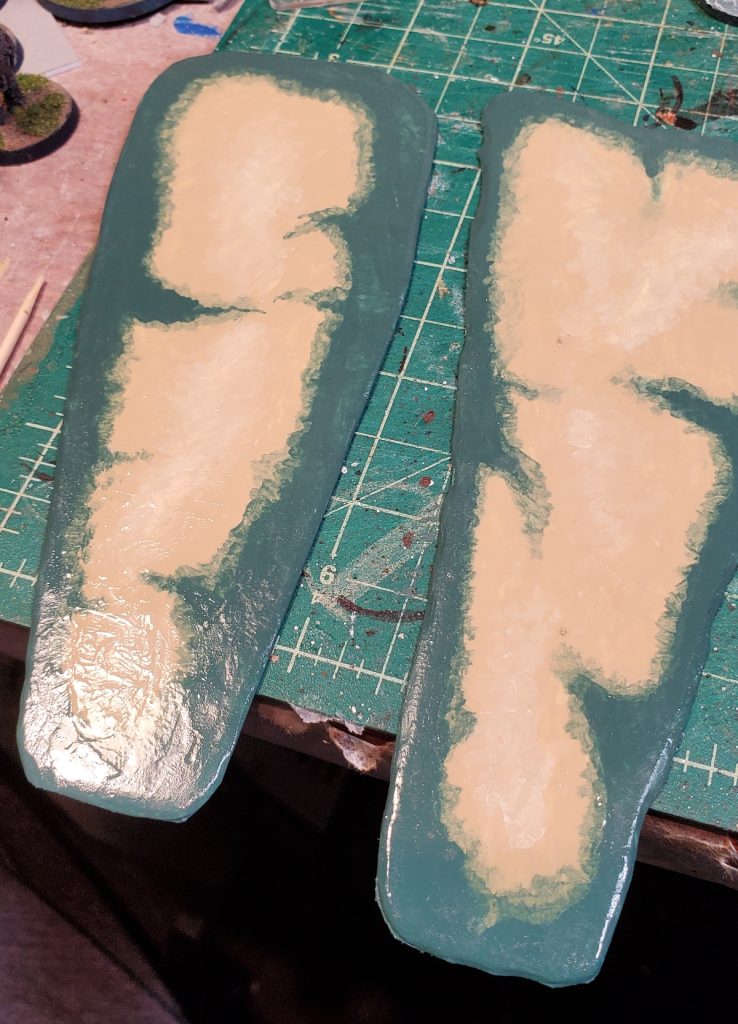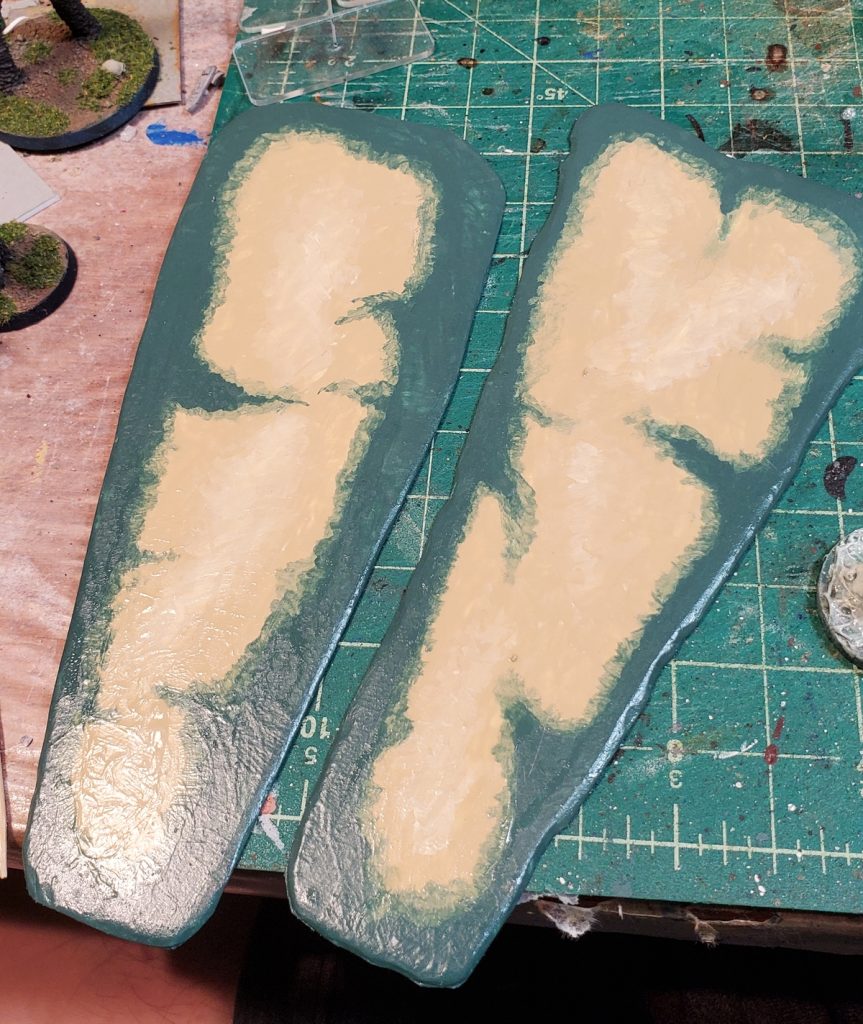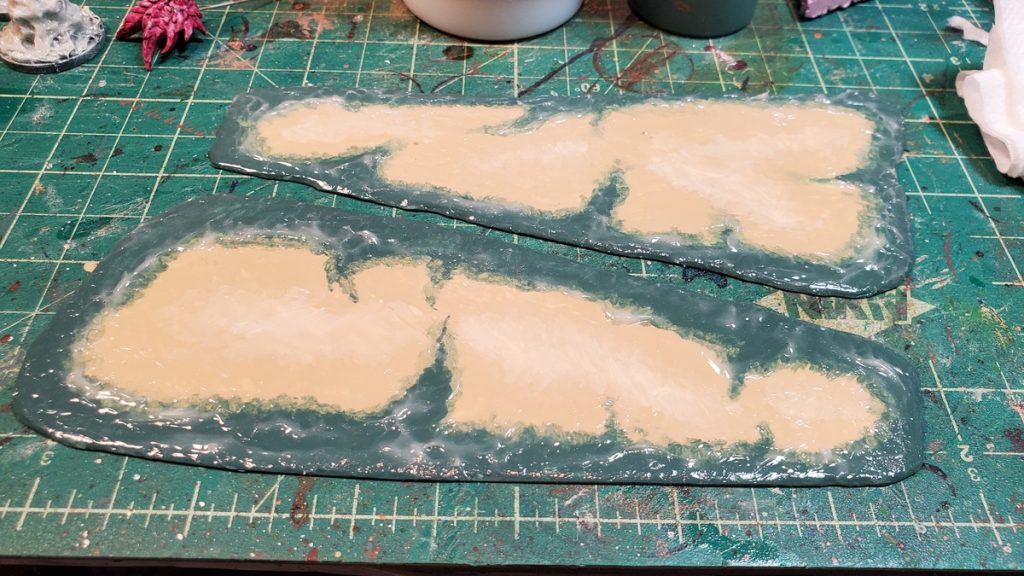Another year keeps marching on and Build Something 2024 has come to an end and unlike nearly every prior year, I actually finished this year! No pictures of the painted model yet due to the rules, but here are some updates on the construction.
Overall, I managed to only get the warehouse done of the whole set I planned – will have to do the actual landing pad later. But I was happy with where I ended up with the warehouse.
For the warehouse, I ended up with a more “ruined 20th century concrete” vibe than I initially planned, largely because of the design of the windows – rectangular with thin frame pieces.
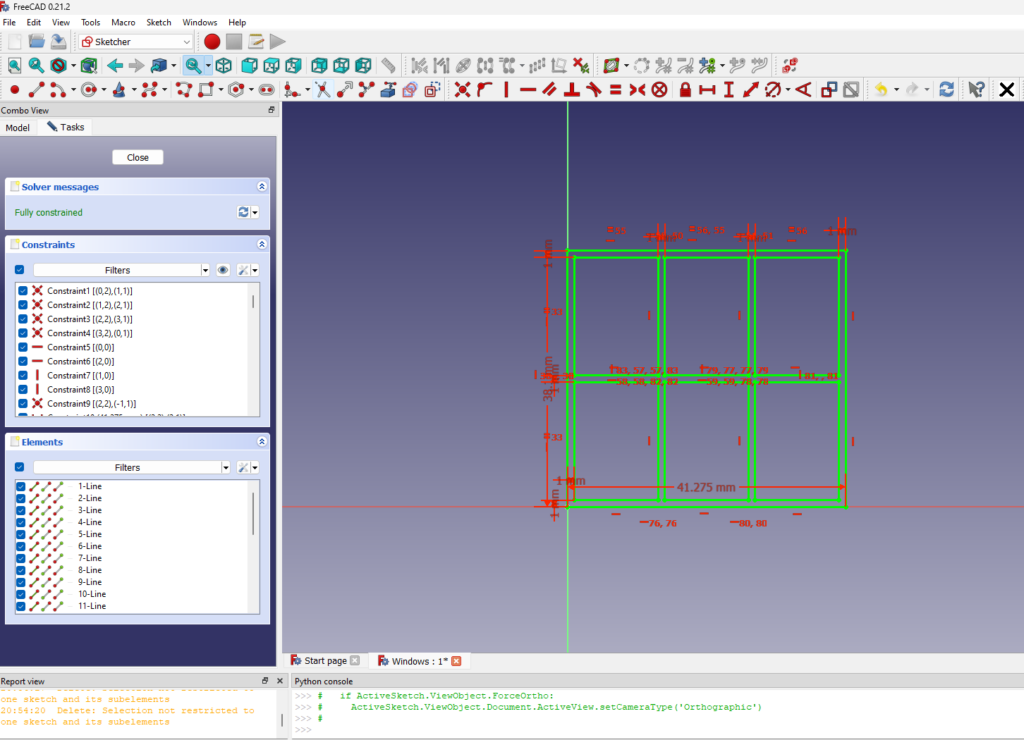
With that, I switched out a lot of my concept and leaned more heavily into that look. Here’s a few pieces of inspiration I pulled from the internet:
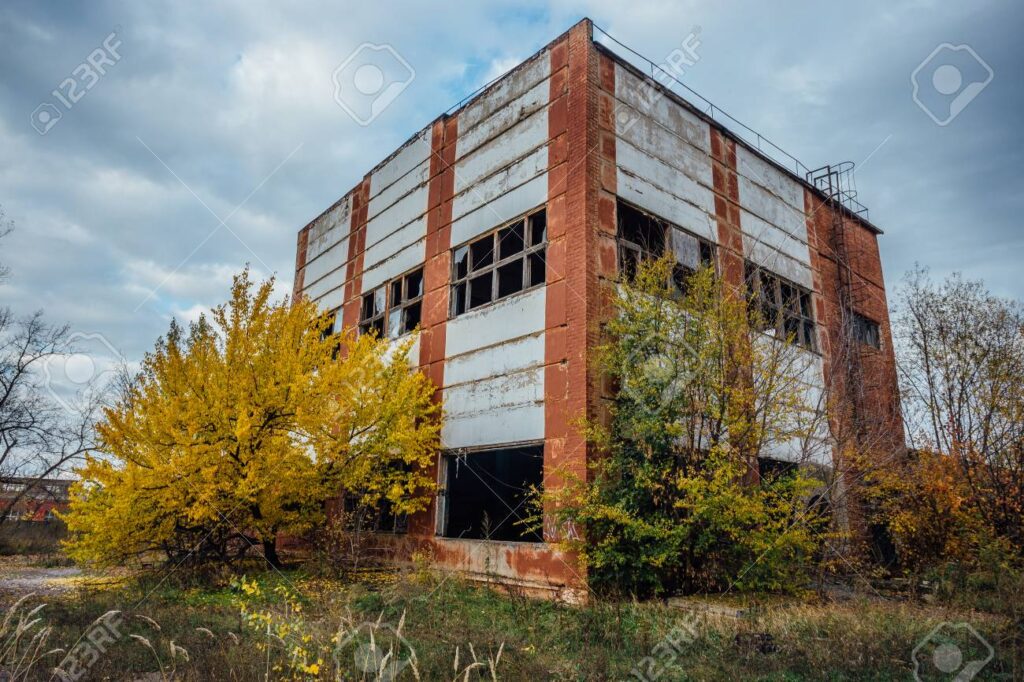

I then decided on a heavy, old-style large doors, with a small door that roughly followed the inspiration above. Both were modelled in FreeCAD and then printed on my Ender 5. The large doors…

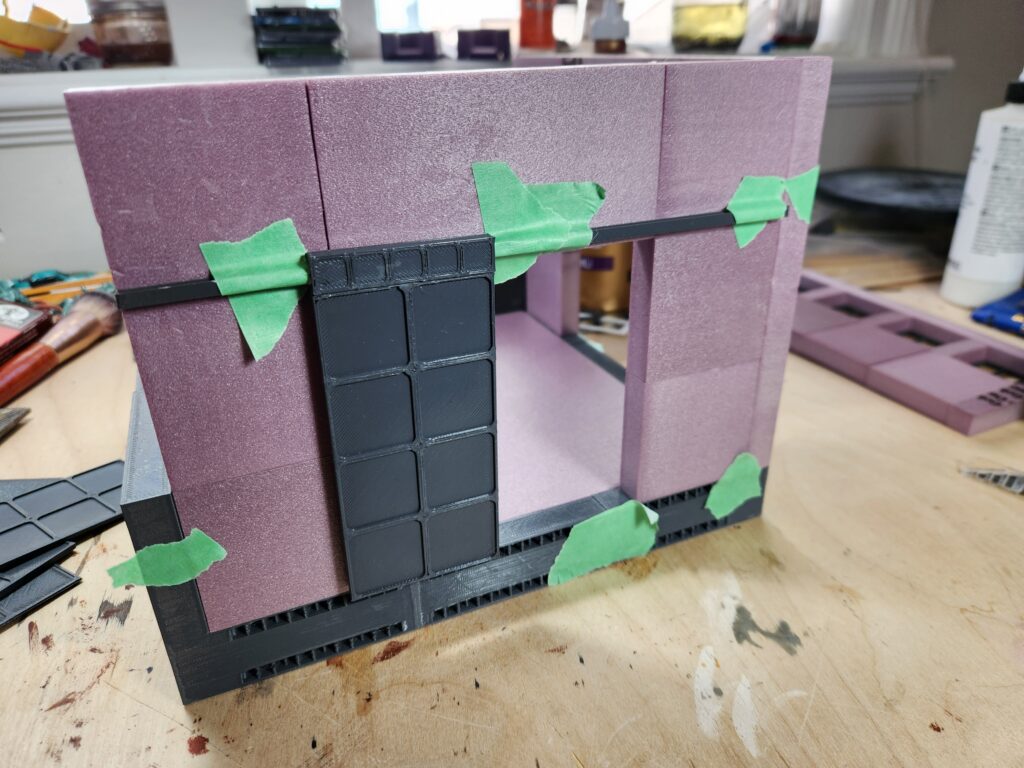
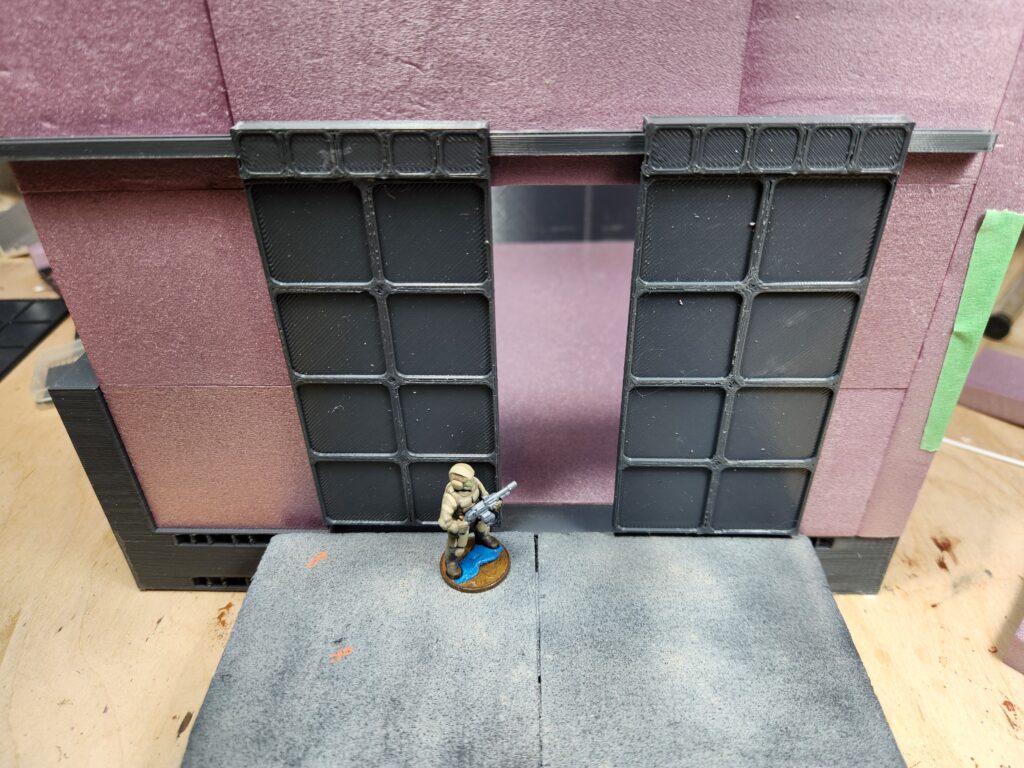
…and the small door. I first did a test with it printed flat to the bed, which worked. Once I designed the door itself, I tried it vertical. That failed, so I switched back to horizontal and printed it at 0.12 layer height. The white you see on the final image a piece of styrene rod which acts as the hinge.
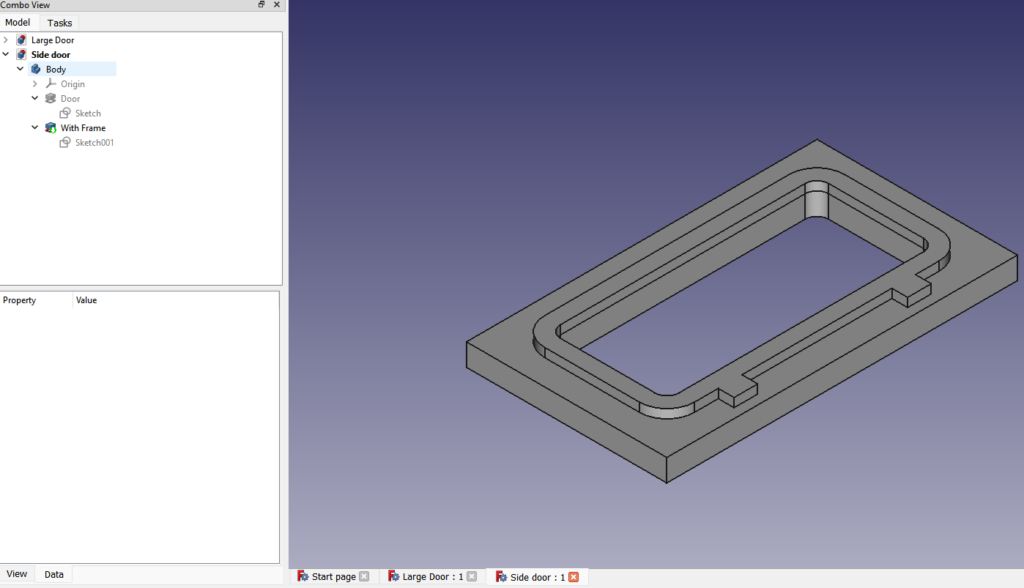
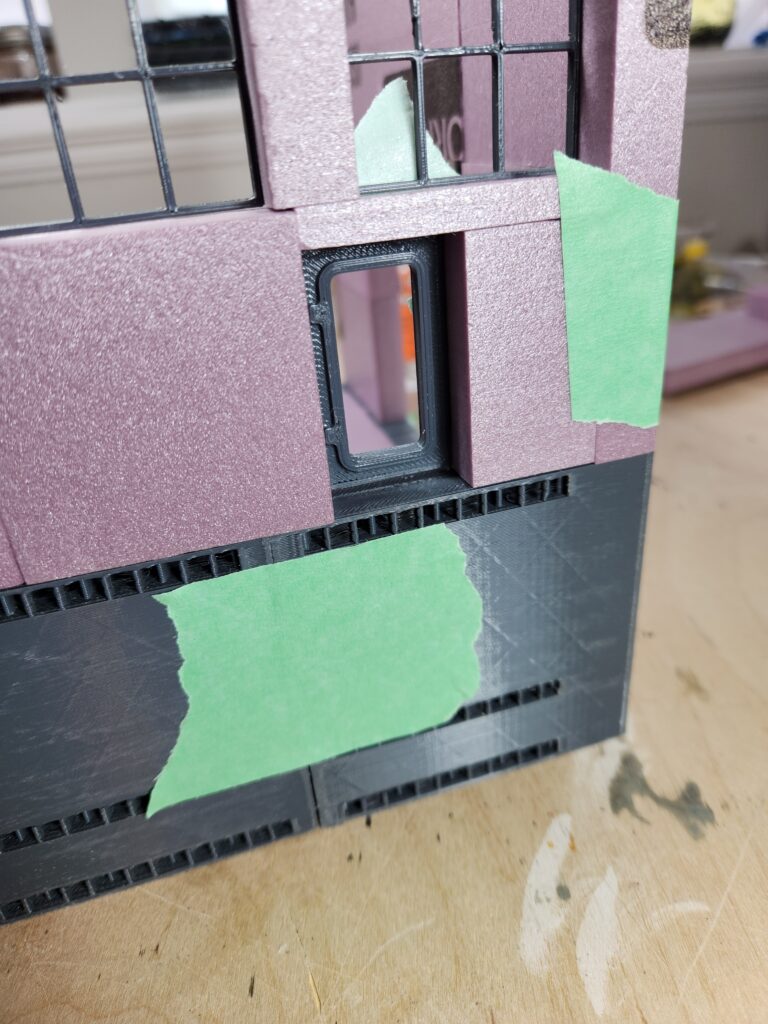
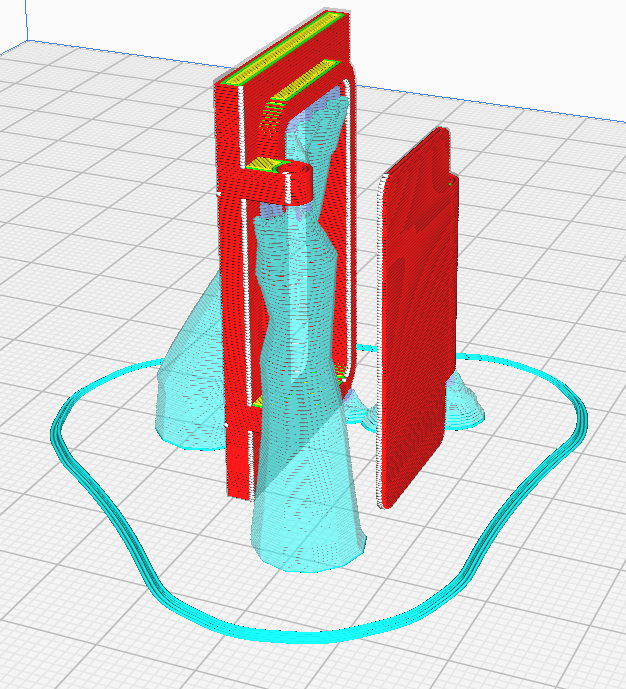
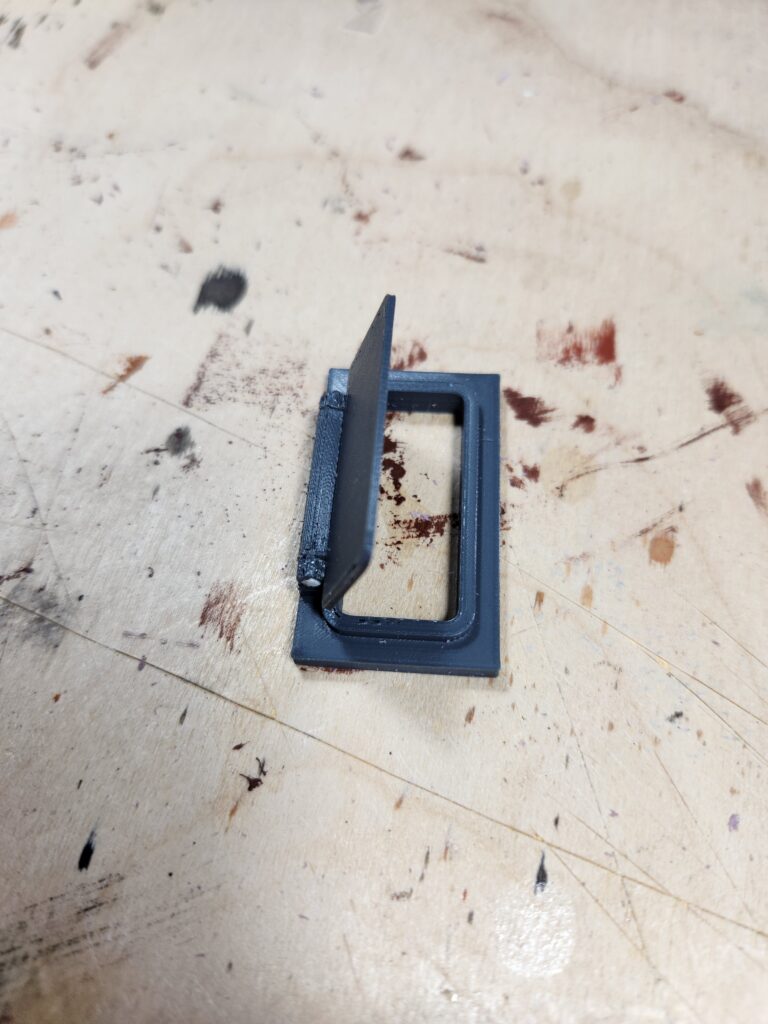
After the doors were printed, I moved onto the interior walkway, which by pure accident ended up being perfect height for a figure to shoot out of. I really didn’t plan that at all, but it was awesome. There are two levels of walkway – one at 3″ where the small door opens and the main walkway at 4″.
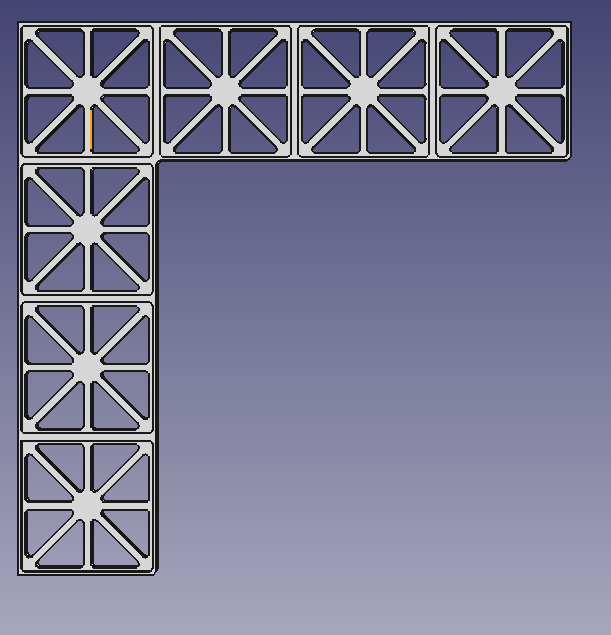
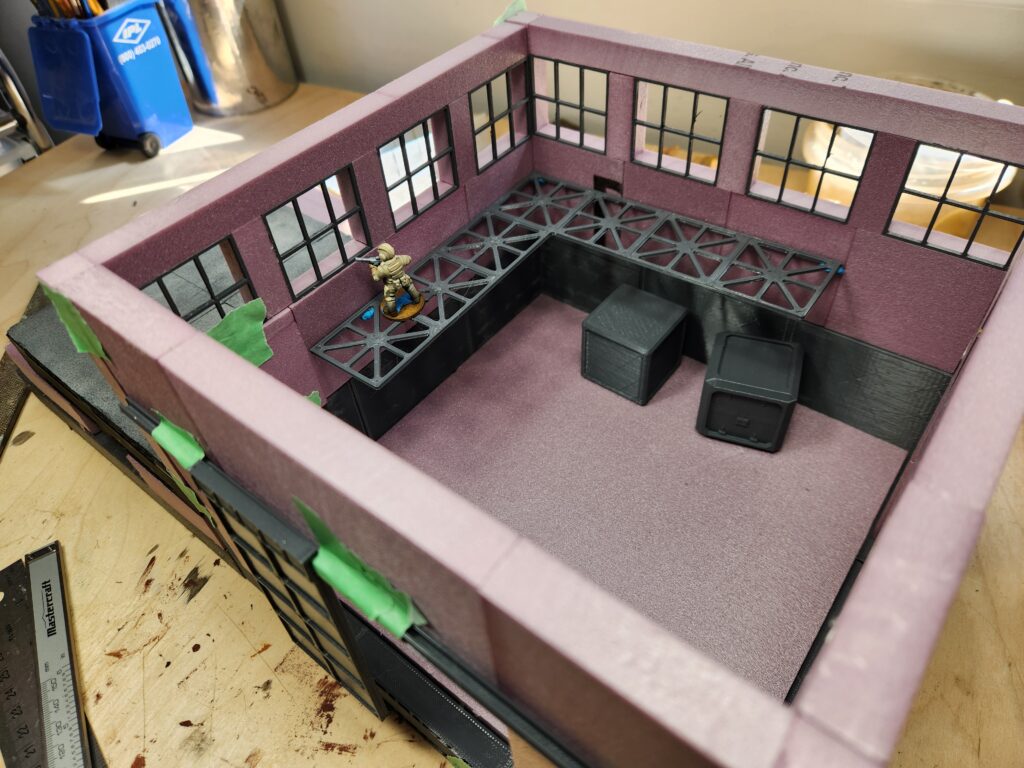
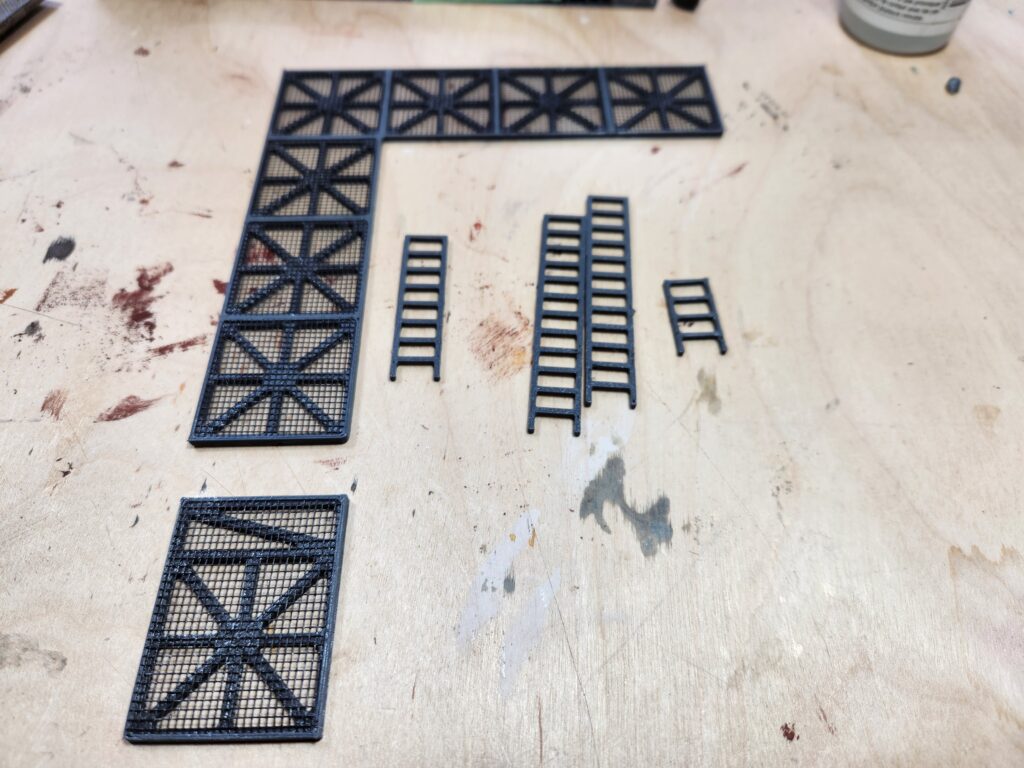
And then onto the windows. I ended up printing them twice – the first round I didn’t think were thick enough, so I ended up printing them a second time at double the thickness. I decided to keep the first round windows and used them as external frames, to which I glued clear PETG and styrene too to make broken and boarded up windows.


And with all those pieces, the design was basically done! I decided to assemble as a I painted, so this is the final shot before painting:
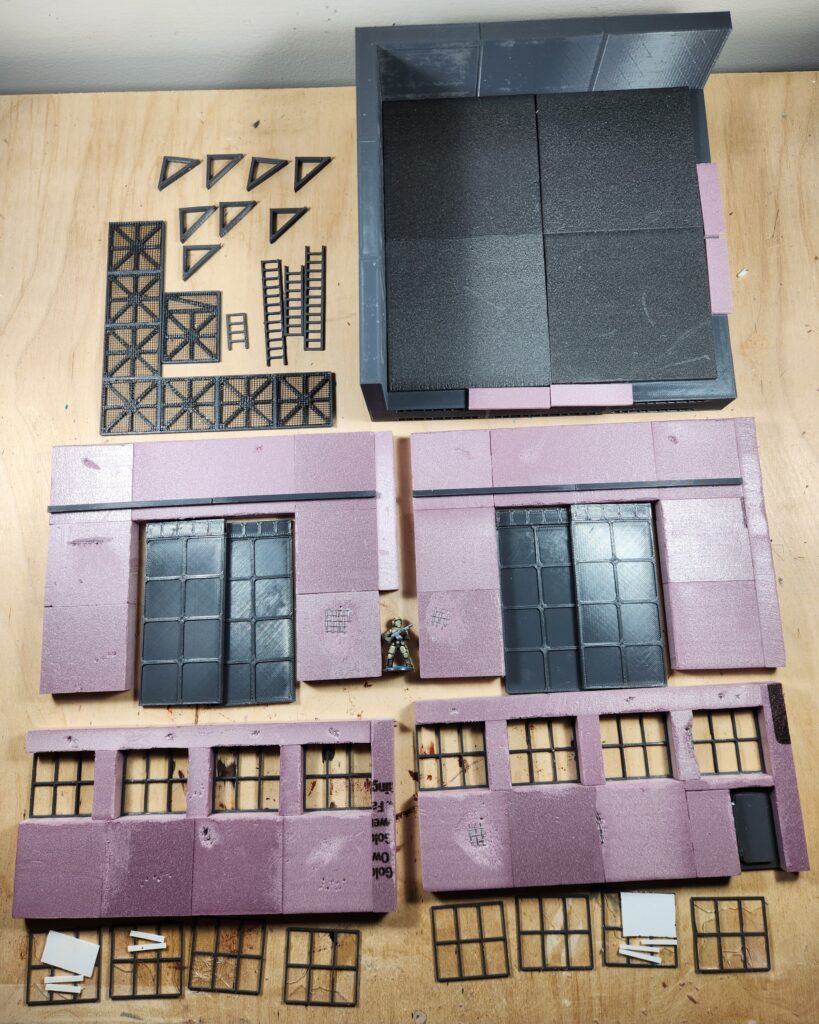
Onwards to painting, which I can’t show you yet, but here’s a photo of my photo setup. Good photos needs lots of light, so I did just that.
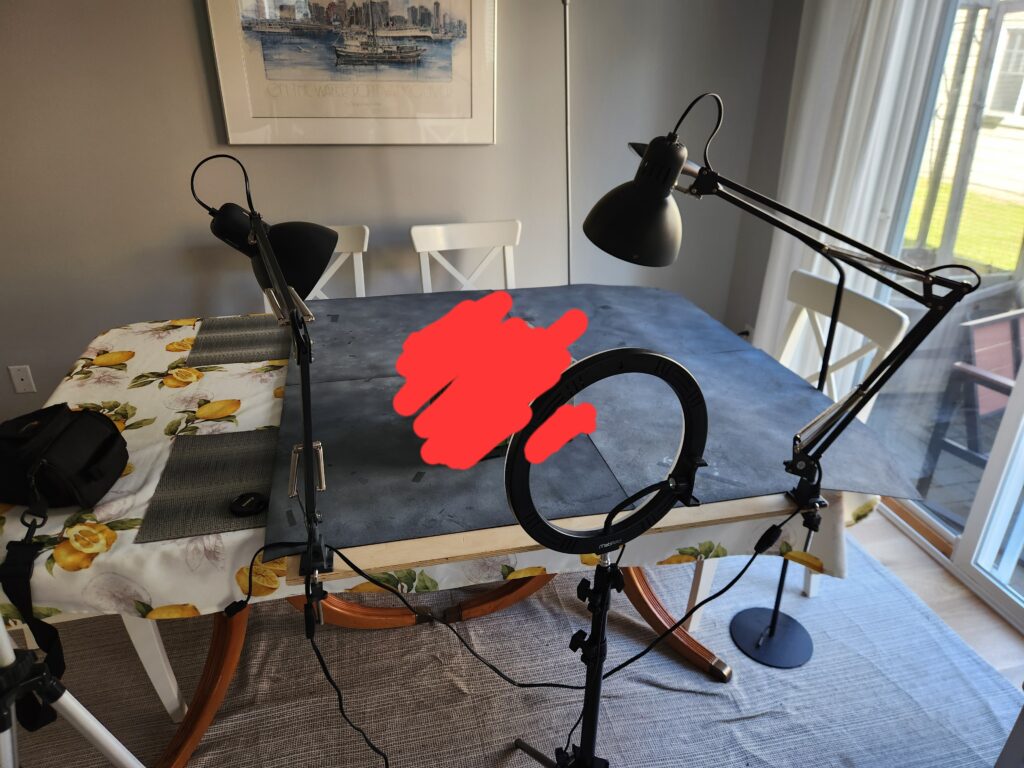
Other photos and notes on my forum thread and voting will start fairly soon on the Build Something Competition subforum here.


